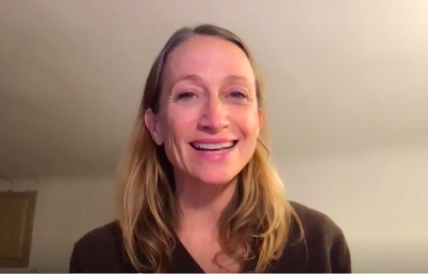
by awesomecoach2 | Dec 30, 2020 | News
Our world is a remarkable place with incredible people who have within, the power to make or break our progress as a planet. “Global Game Changers” introduces spectacular humans, along with ways to become inspired by the work they are performing. It was Celine Cousteau’s grandfather, Jacques Cousteau, who said, “We protect what we love.” In order to know what we love, we need exposure to the world. As global citizens, we seek out knowledge and information about the world, even when it’s sad, hard to imagine, or when it feels hopeless to change. Being a part of the solution begins with learning all we can, and discovering individuals who are creating the world in which they want us all to be inspired to become actively engaged. The first “Global Game Changer” we are featuring is no other than the one, the only, Celine Cousteau.

As a young girl, Celine was inspired by her grandfather, the famous ocean conversationist Jacques Cousteau, and the behind the scenes dedication of her grandmother, the true captain of the boat. Together, they taught their children and grandchildren that the world is a wondrous place we all must take part in protecting. As Celine shares in her presentations, WE are ALL connected. It may seem like what happens all the way across the world will never reach or impact us, but that couldn’t be further from the truth; follow along to see how.
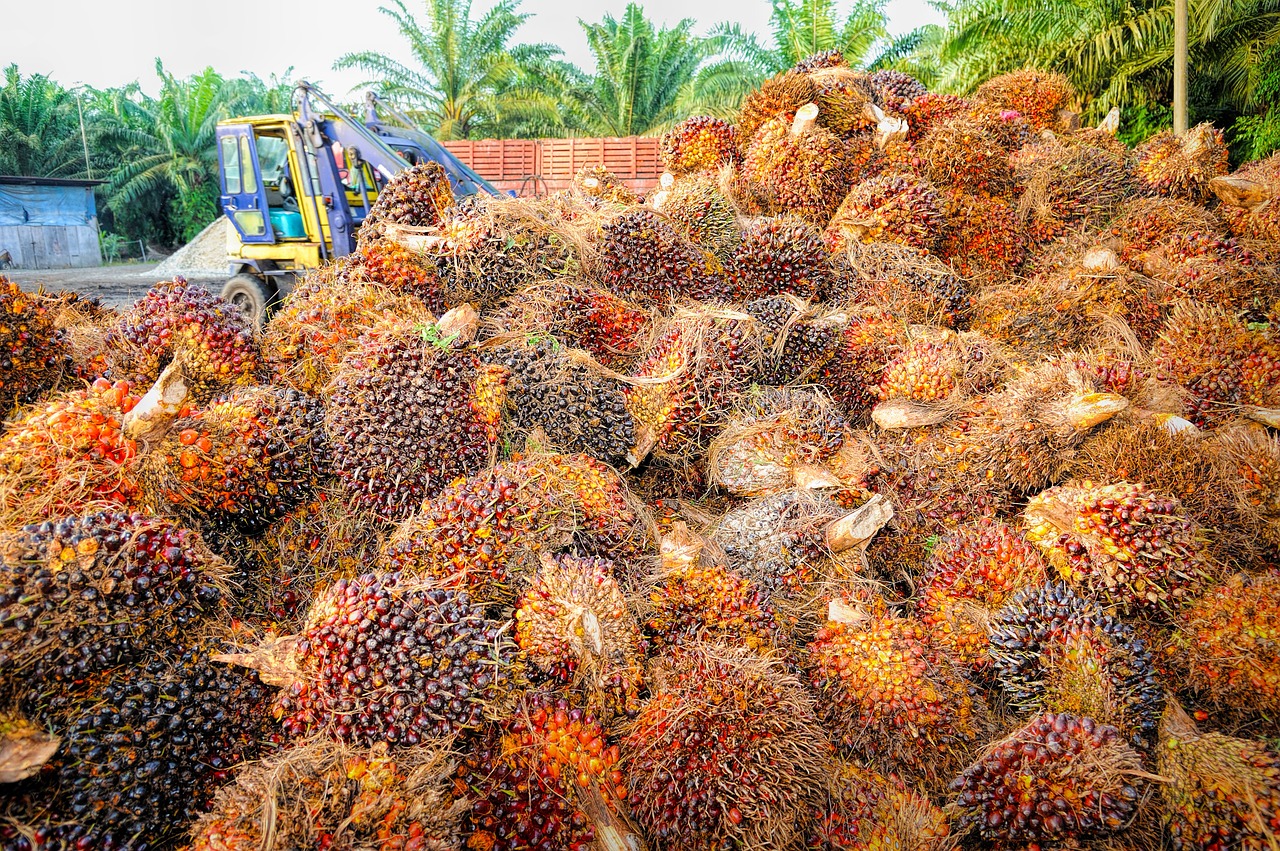
The picture above, courtesy of Pixabay, shows palm oil fruit, in harvesting. This palm fruit will become palm oil, one of the most common vegetable oils used. Almost half of the grocery store products, both food and non-food products, is made of palm oil, according to the German non-profit, Rainforest Rescue, who goes on to share that the world has over 66.7 million acres of palm fruit plantation, producing over 66 million tons of palm oil a year. To learn more about Rainforest Rescue and what they have to teach about palm oil, go here
It might be easy to say to oneself, “We do need farms and farm lands in order to create what goes into the products we use everyday.” But this isn’t just regular farming, for sustainable food that is healthy for people and the planet! Let’s look at it like this. The countries that are mainly using palm oil for products and bio fuel, are not the countries growing palm fruit to produce palm oil. Because consumer countries are demanding the product, producer countries are creating it, in a concept called supply and demand. As a small side note, most of the products that use palm oil are NOT real food directly from the earth, to nourish our bodies, they are “food products” that are used in what we call junk food (or self care products like toothpaste and soap). These products don’t NEED palm oil in order to exist. Hmmmm, that’s an interesting piece of information to chew on…
The main problem is that producer countries with tropical climates are having to turn the the natural environment (rainforests, etc.) into farm land in order to meet the demand from consumer countries. Take a look at this wiki commons graph below. Think in your head of all the beautiful plants, animals, and cultures located in these regions that are being impacted by removing the nutrients from the soil and deforestation (burning down forests and removing animal habitat) in order to create farmlands to produce palm oil for other countries. 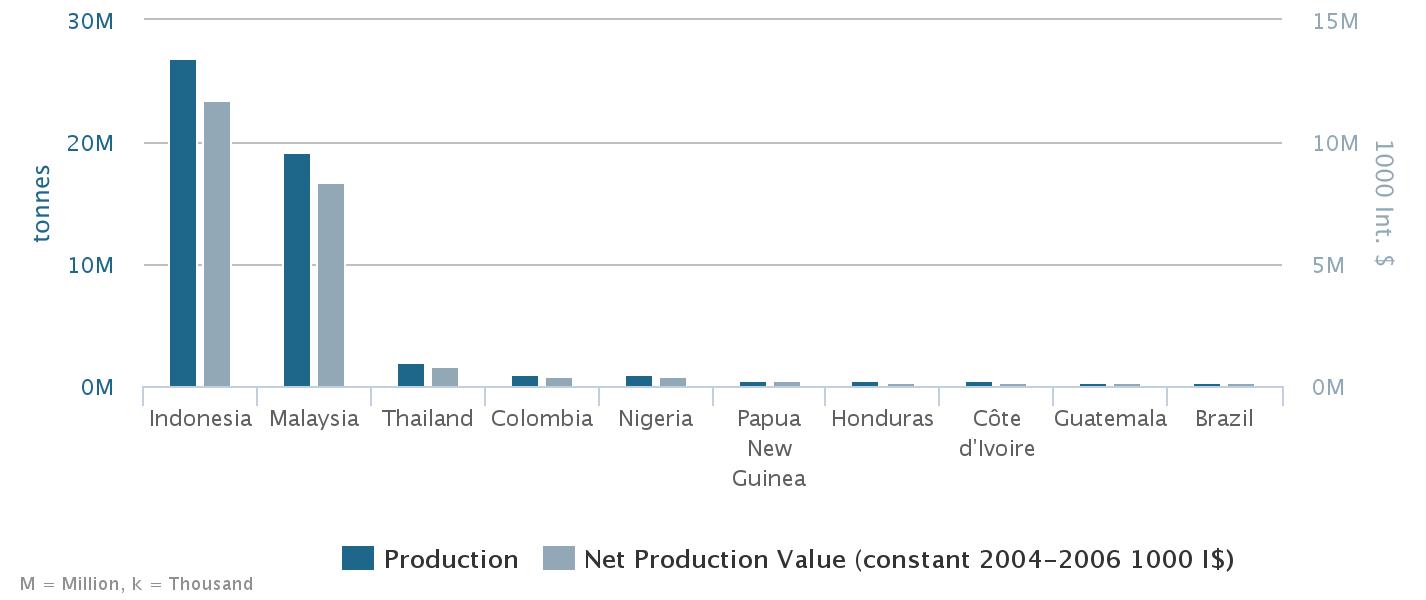
Many of the animals we have come to love are losing habitats in massive amounts because of the demand for palm oil. According to World Wildlife Fund, 85% of the demand for palm oil comes from Indonesia and Malaysia, which is also the only remaining home for the critically endangered Orangutan. To learn more about the animals severely impacted, with more specifics, go here
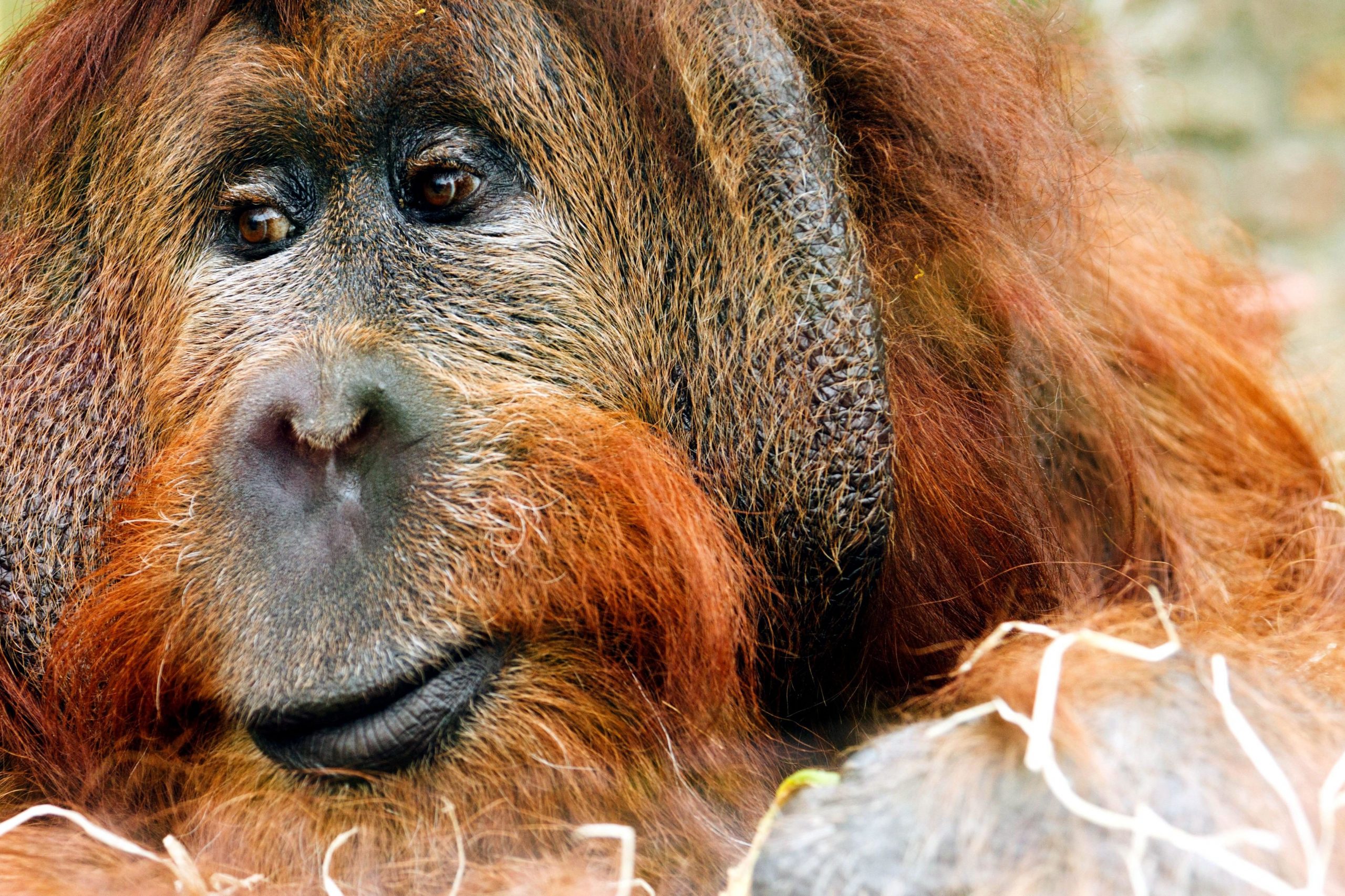
As global citizens, we often talk about protecting nature, but sometimes forget to realize that the people who can best protect the locations are the people who live in the threatened rainforest regions, such as the Amazon. They need the support of other global citizens who care about the world. Sometimes, they just need the tools to know how to make money to survive in sustainable ways, while protecting their environment, and own cultural existence. Mostly, they need the world, and those that care, to learn and know their story.
In comes our featured Global Game Changer, Celine Cousteau. When she was 9, she first began to spend time in the Amazon (Peru) with her family, absorbing the incredibly pristine beauty, seeing the groundbreaking conservation work firsthand, which has become the backbone for her love for protecting people and the planet. She returned to the Amazon in 2006 and 2007 to create the PBS documentary, “Return to the Amazon” (check out the trailer here). Gaining new perspective from that journey, she realized the people of the Javari Indigenous Territories needed her help. From this realization, she began her next chapter of her organization, Cause Centric, with Tribes on the Edge: An Impact Film (and awareness project). Surely, if the people of the world know the truth of what these Brazilian Amazonian tribes are facing, that awareness will create action. To learn more about Tribes on the Edge, go here.
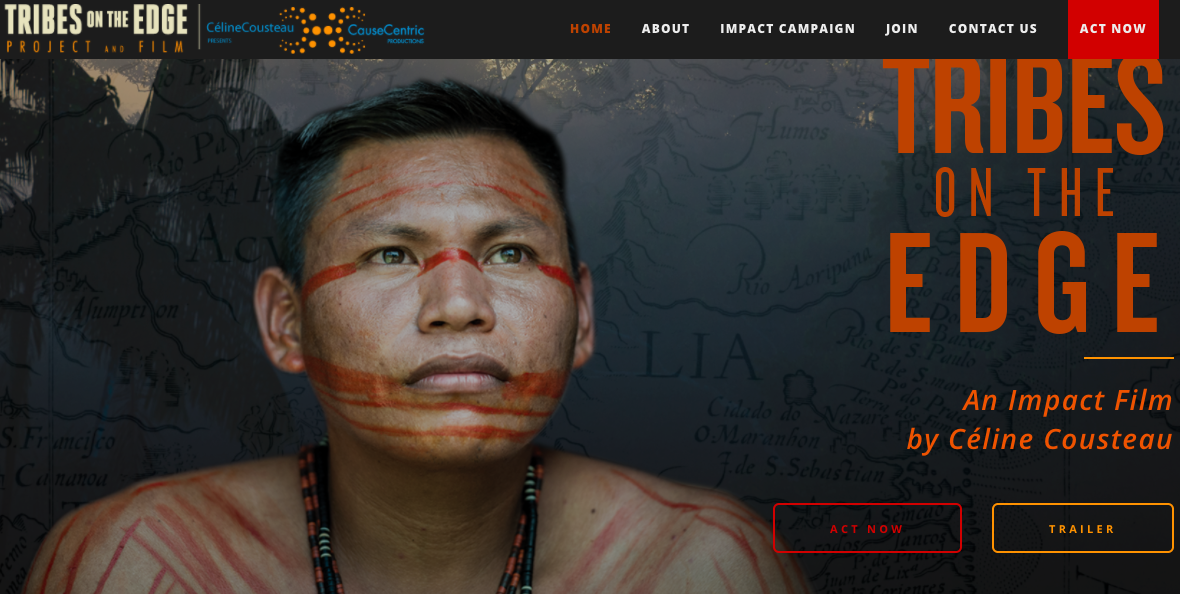
Another major element in being global citizens is to teach each other what we know about the world, from firsthand experiences and with experts. Celine Cousteau is also a teacher, reaching out to young people all over the world, to invite them into understanding and consideration for helping our planet sustainably thrive. In December 2020, Celine Cousteau connected with Library LIVE Virtual Field Trips, through Global Education Alaska, to teach us about how to understand the complex issues facing our world, as well as to provide inspiration for us to learn more and take action where possible. To watch this amazing session, and learn from the expert, go HERE
Thank you, Celine, for being a global citizen, and encouraging us all–through laughter, anecdotes, and storytelling– to be aware, considerate, and thoughtful with our actions, no matter where in the world we are located; we are all connected.
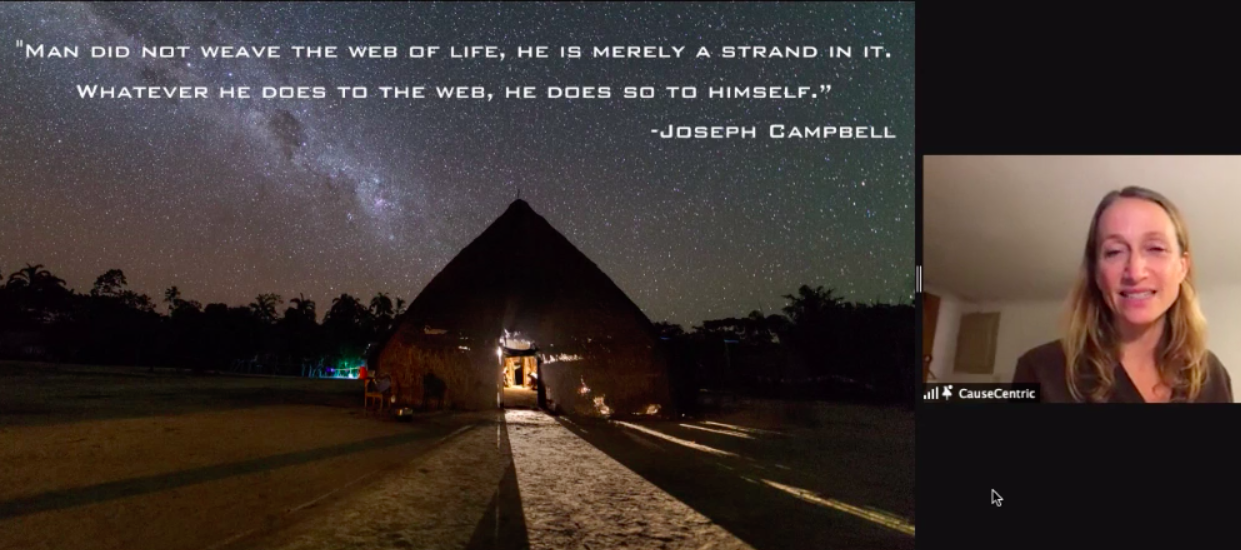
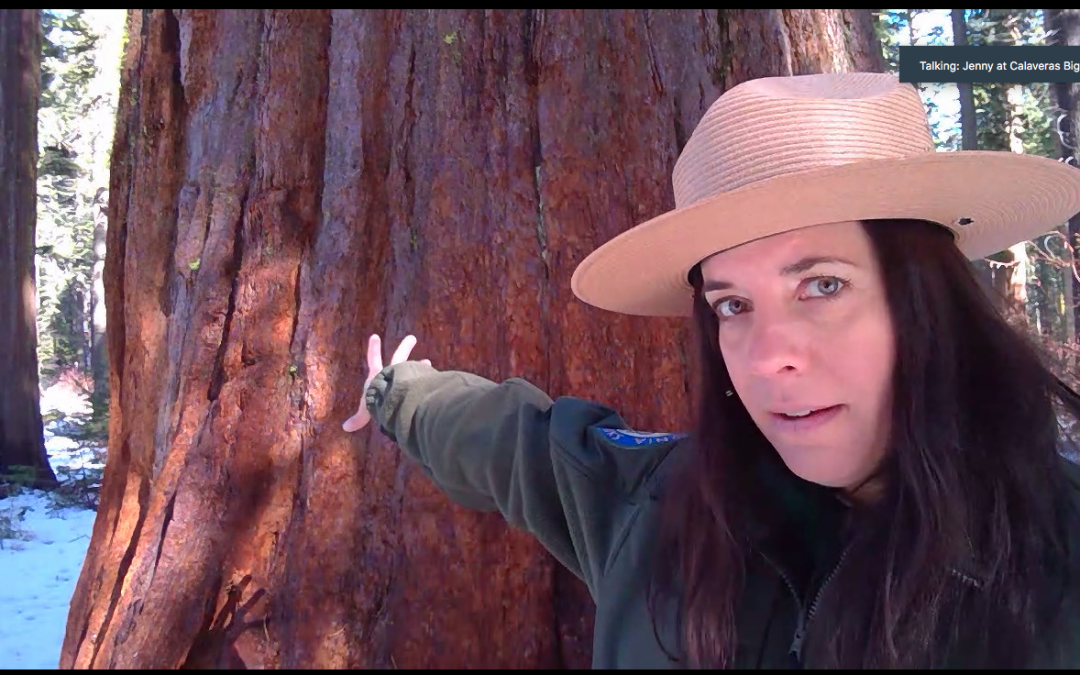
by awesomecoach2 | Feb 11, 2020 | News
Trees are a species of life that often get overlooked. Who could’ve known they were so important to us, to the world around them, and so unique! We decided to do lots of learning about trees. Take a look at all the fun!
We started our journey by reading the story of a girl who lived in a tree to save a forest. She was trying to protect the tress, because the forest relies on them as much as we do! We were pretty inspired to learn more about these amazing trees that have been around for thousands of years!
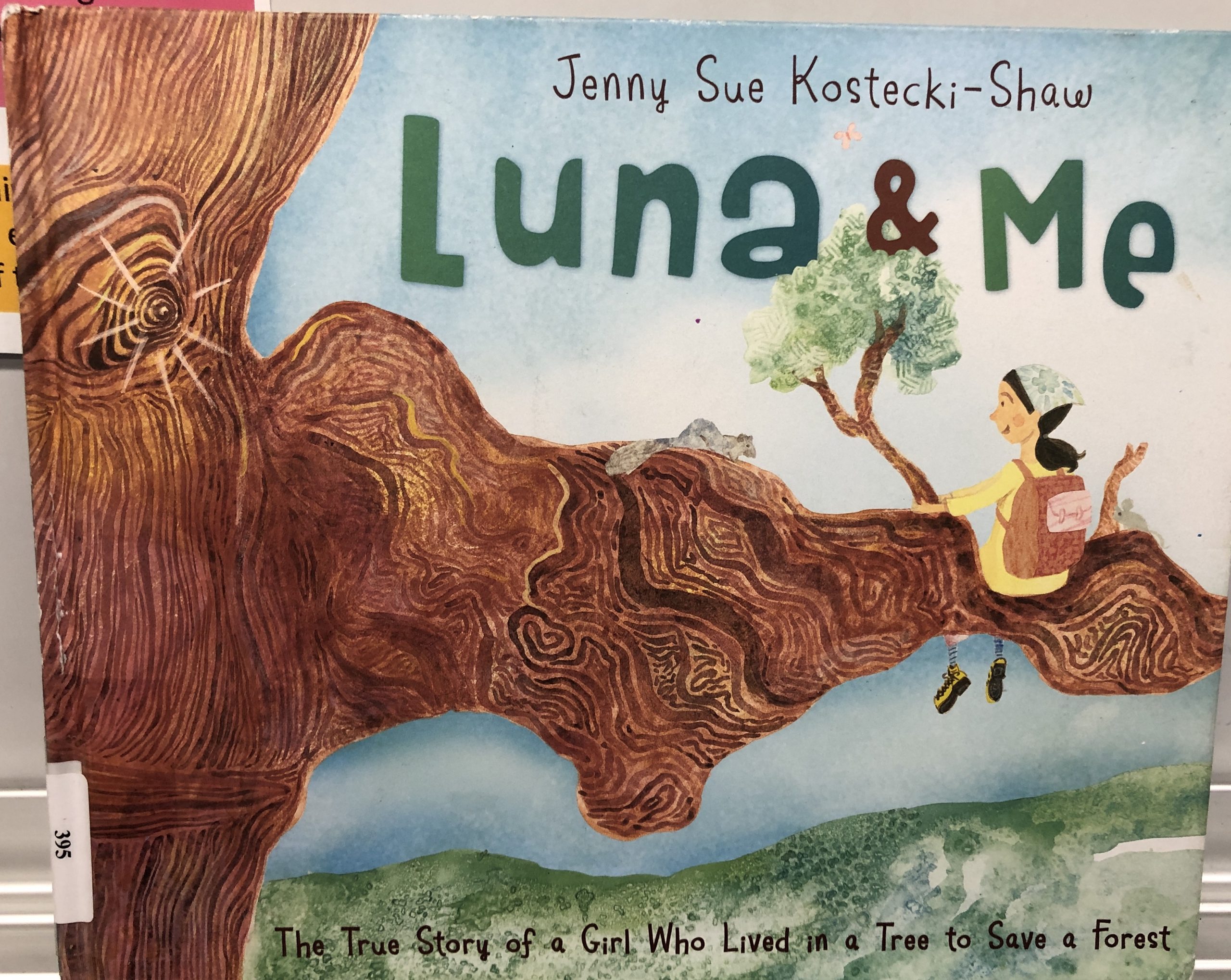
After learning one person’s story about trees, we were inspired to learn more about trees, and it just so happened there was a Mystery Doug (mysterydoug.com) about the world’s largest trees! There we learned that by largest, we could mean the tallest, the widest, or the heaviest. There are three different trees that fit those categories.
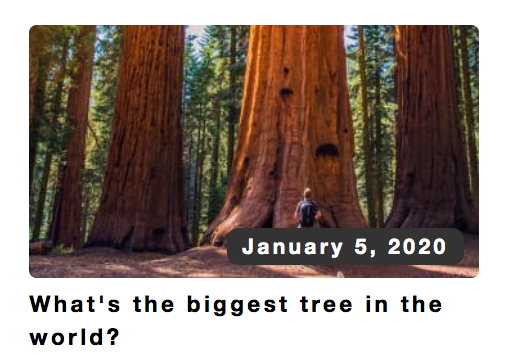
From this Mystery Doug session, we learned that there are some other really cool trees in the world. In Alaska, we don’t have many giant trees, and we also don’t have many large pinecones. We were pretty shocked to see this!
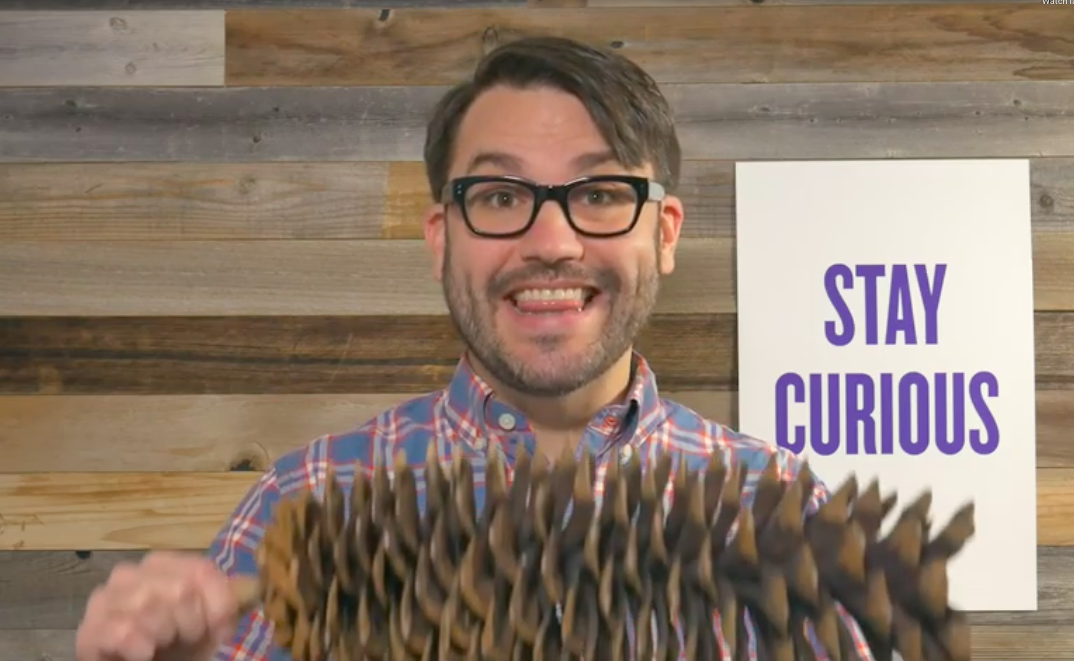
Learning about all sorts of cool and unique trees in the world made us want to explore them more and even design our own learning posters, so we could teach others. Check out just a few of the ones we made!
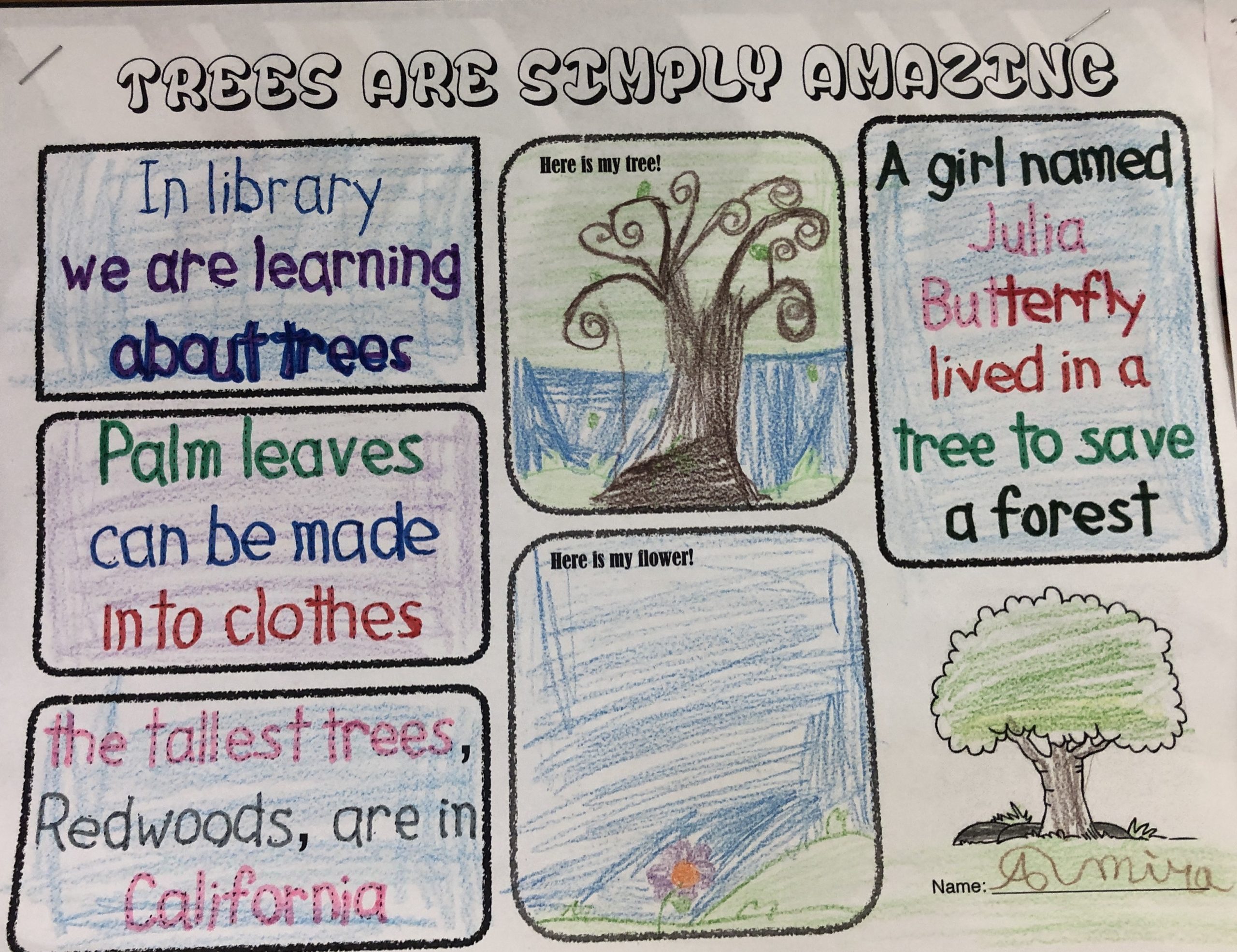
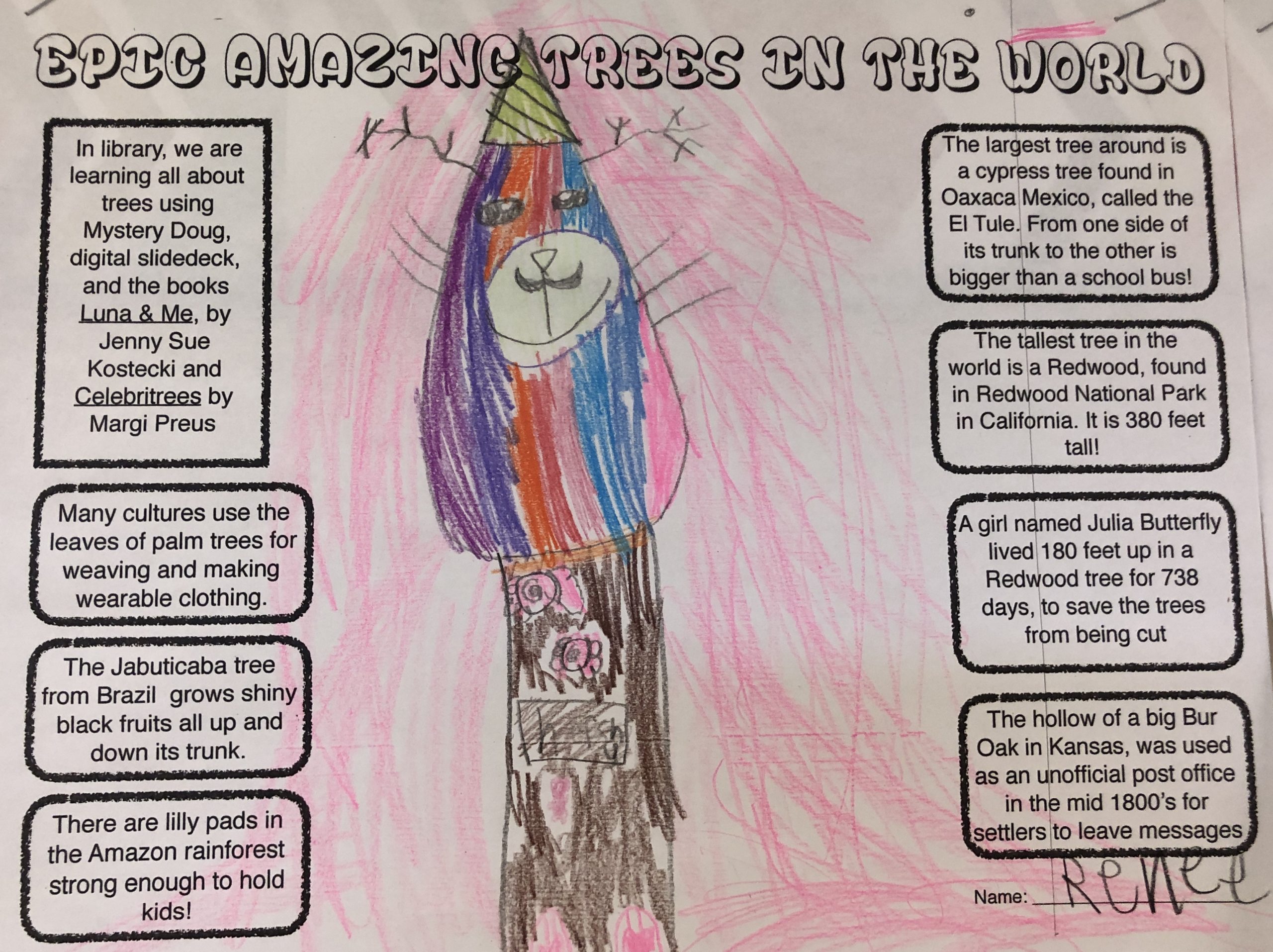
As we were learning about all the cool different trees, our librarian made us a memory match game that featured many of the cool trees we learned about! Here and Here are the templates for memory match, in case you also want to play! If you would like to have the tree mini-posters, they can be found here and here.
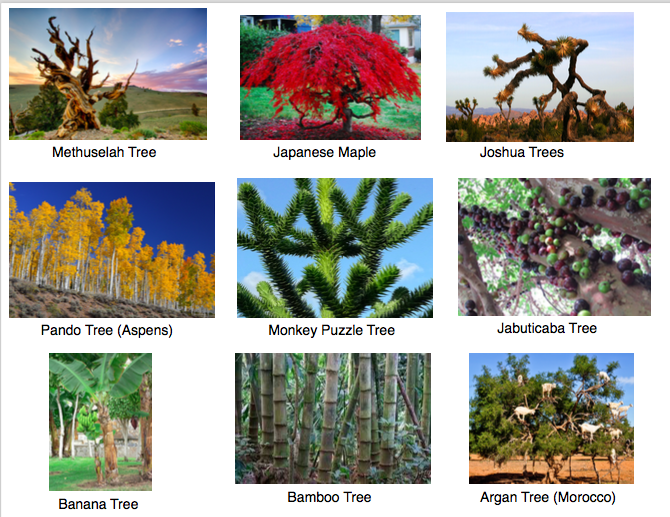
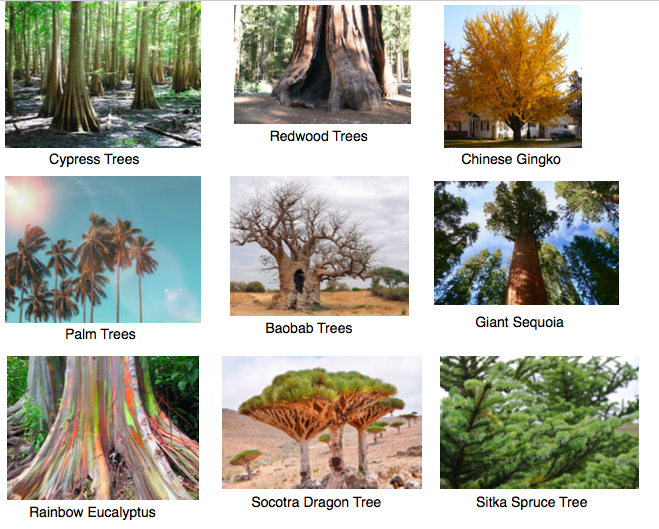
After all the cool learning about these amazing trees, we really wanted to see the biggest trees up close. Living in Alaska, we knew we would have to travel a long ways to see them. Except, we COULD actually go to visit the largest trees. Through California Ports Program, several classes were able to go on a Virtual Field Trip to Sequoia National Park in California, to learn from the park ranger experts! Meet Ranger Jenny, who ALSO showed us some giant pinecones from California.
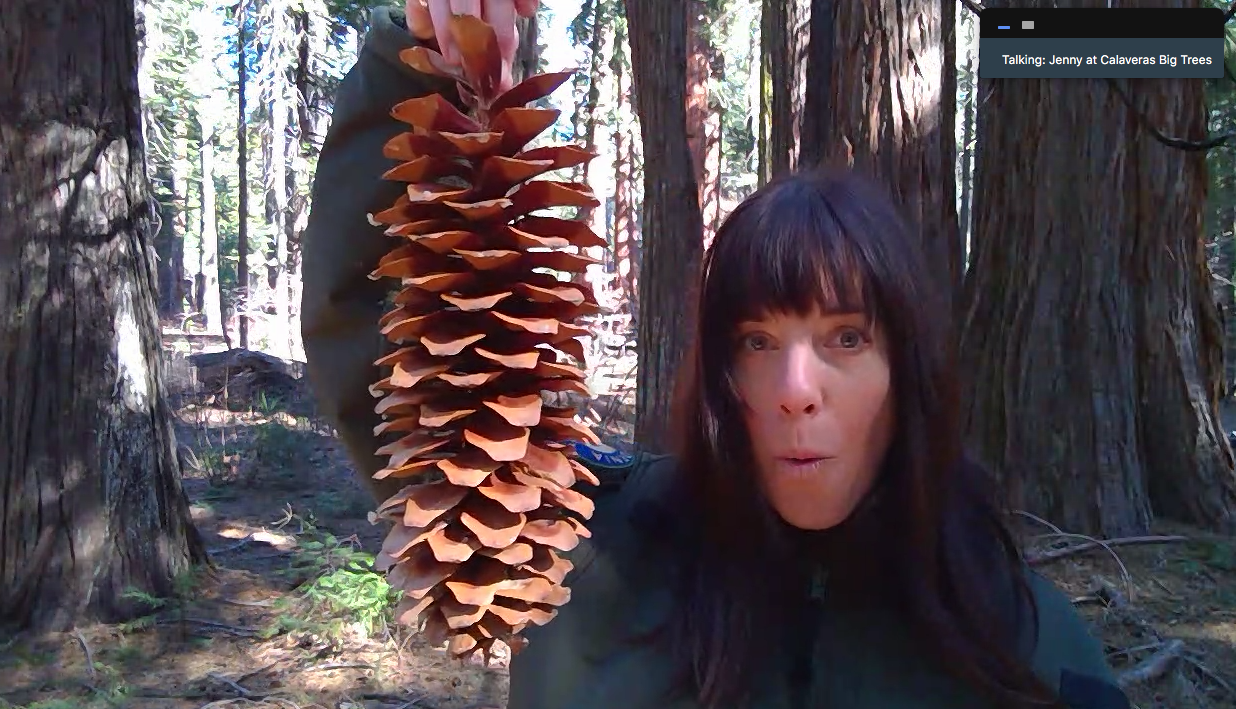
As we were learning about conifer trees (the trees that have seeds in pinecones), we were surprised to discover that the largest trees have really little pinecones and that the purpose of the pine cones is to protect the seeds.
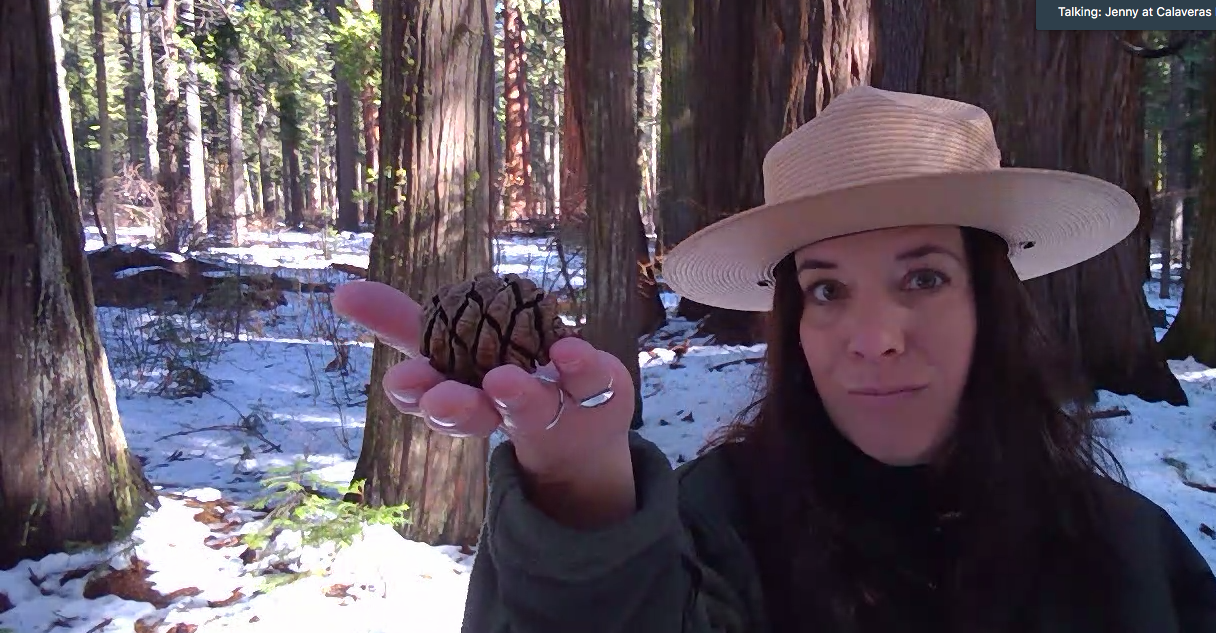
We got to talk about what the little seeds looked like and why they might have this appearance. Ranger Jenny thought the seeds look like granola.
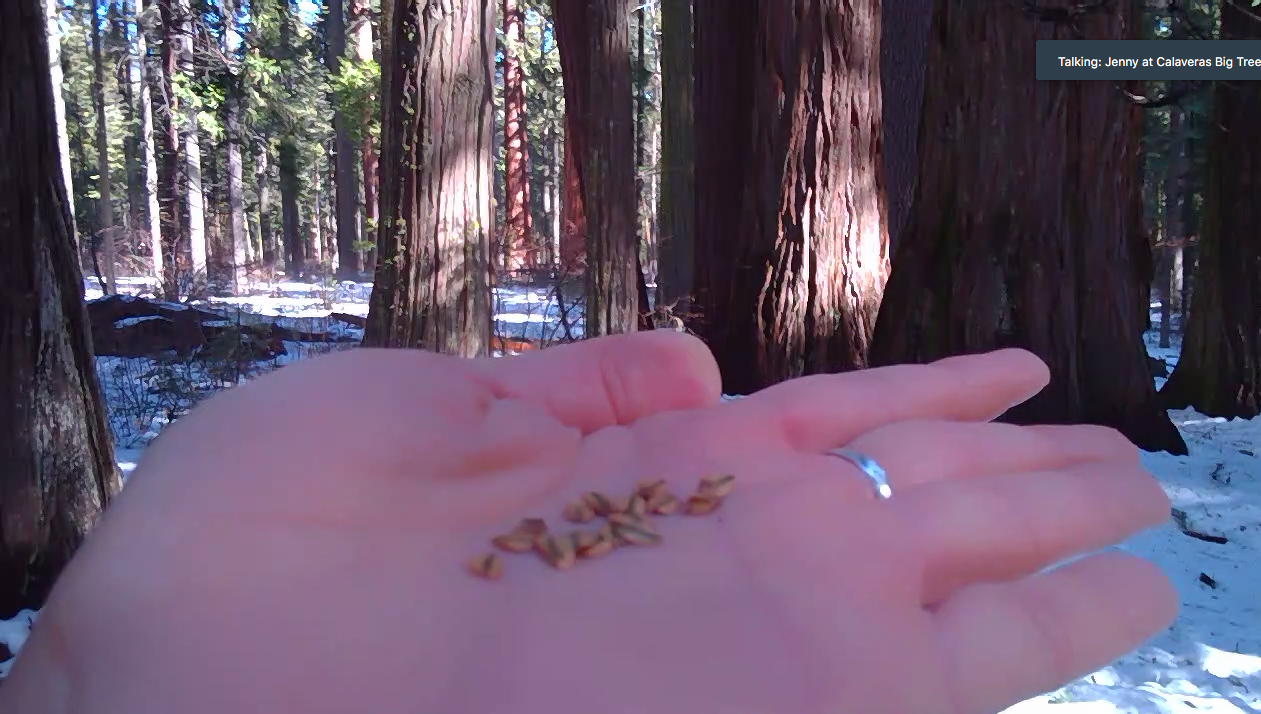
Even with tiny little seeds, these grow to be the heaviest trees in the world. Life for a seed is hard, and we guessed the 5 things that seeds need in order to grow: air, dirt, sunlight (food), space, and water. We were wondering what the little trees look like, from the seeds, before they become big trees. Check this out! These are called “seedlings” (instead of saplings, like other small trees), wow they are tiny!
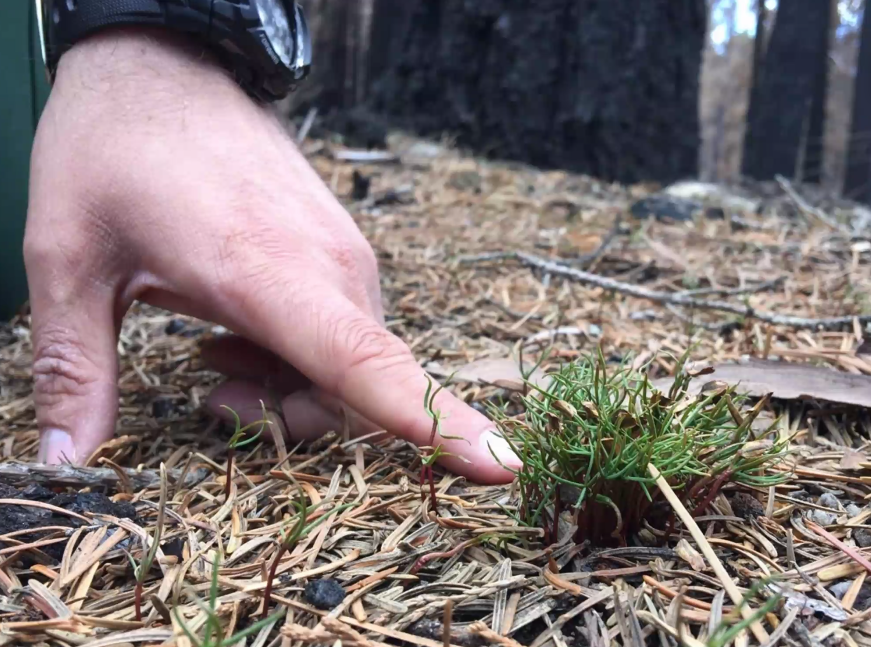
The Sequoias have a furry best friend, that helps them continue to thrive. The Chicory Squirrel has an amazing job of spreading the seeds out so that more trees can grow.
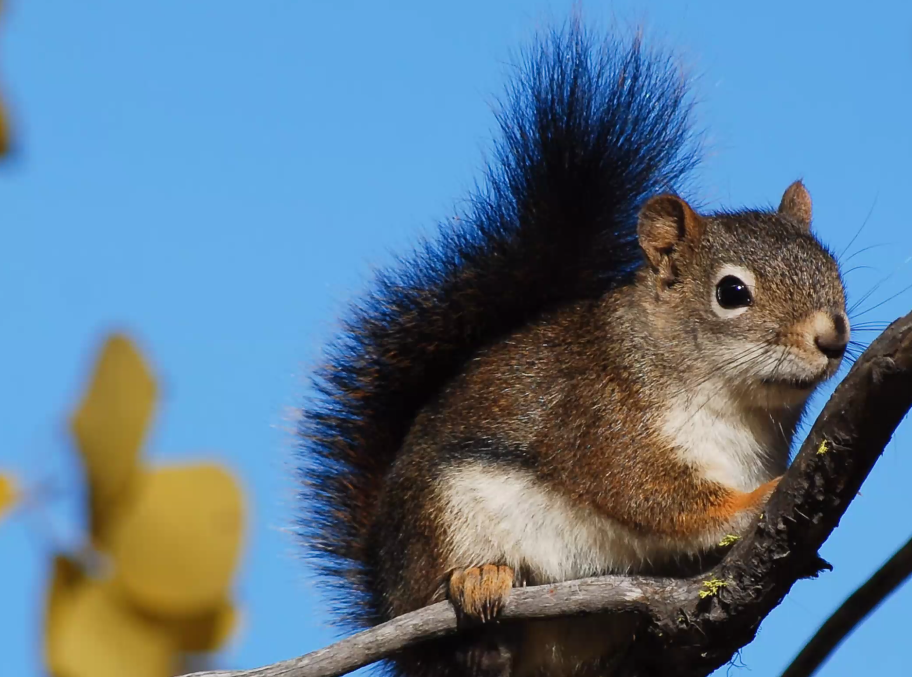
In our adventures learning from the experts, we got to understand how the trees do so much more for the earth and for the surrounding forests. He got a chance to see the black bears, which are the largest animal present, in Sequoia National Park. We also learned that California used to have brown bears, like Alaska does, but that they haven’t had them in a long time.
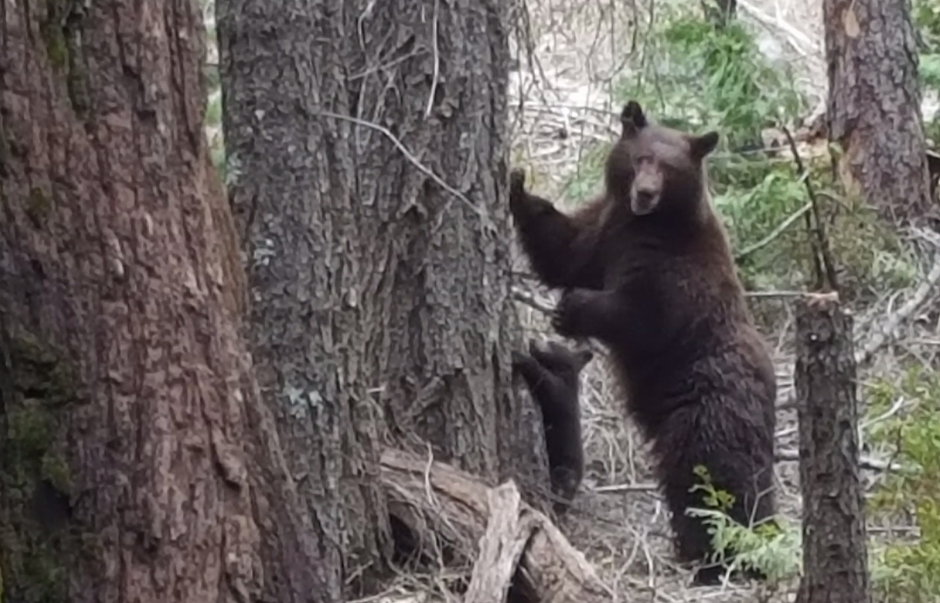
Another awesome creature that benefits from the giant Sequoia trees is the Pacific Tree Frog, which is as small as a finger tip, but really loud, surprisingly.
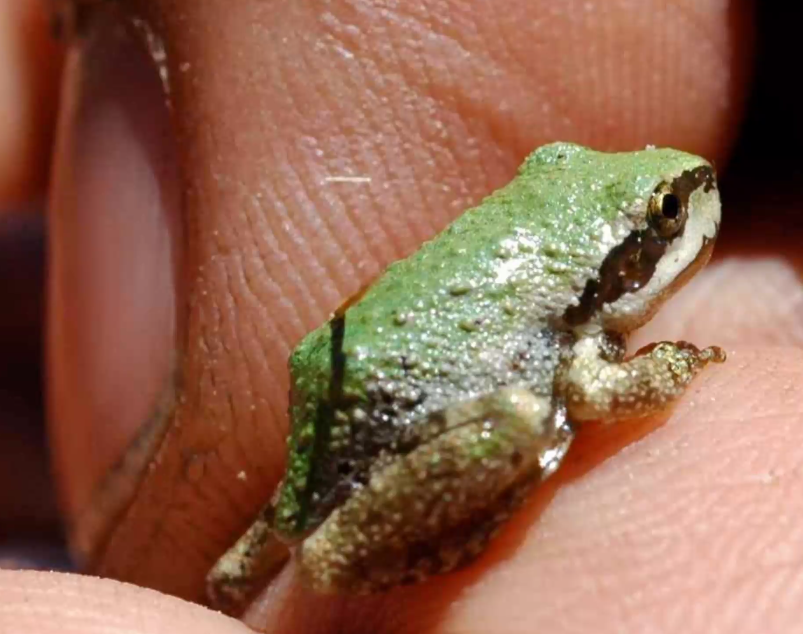
In all our learning adventures, getting a chance to interact with the experts, to experience the forests that are so different than ours, is our favorite part of the educational technology we use in the classroom and library.
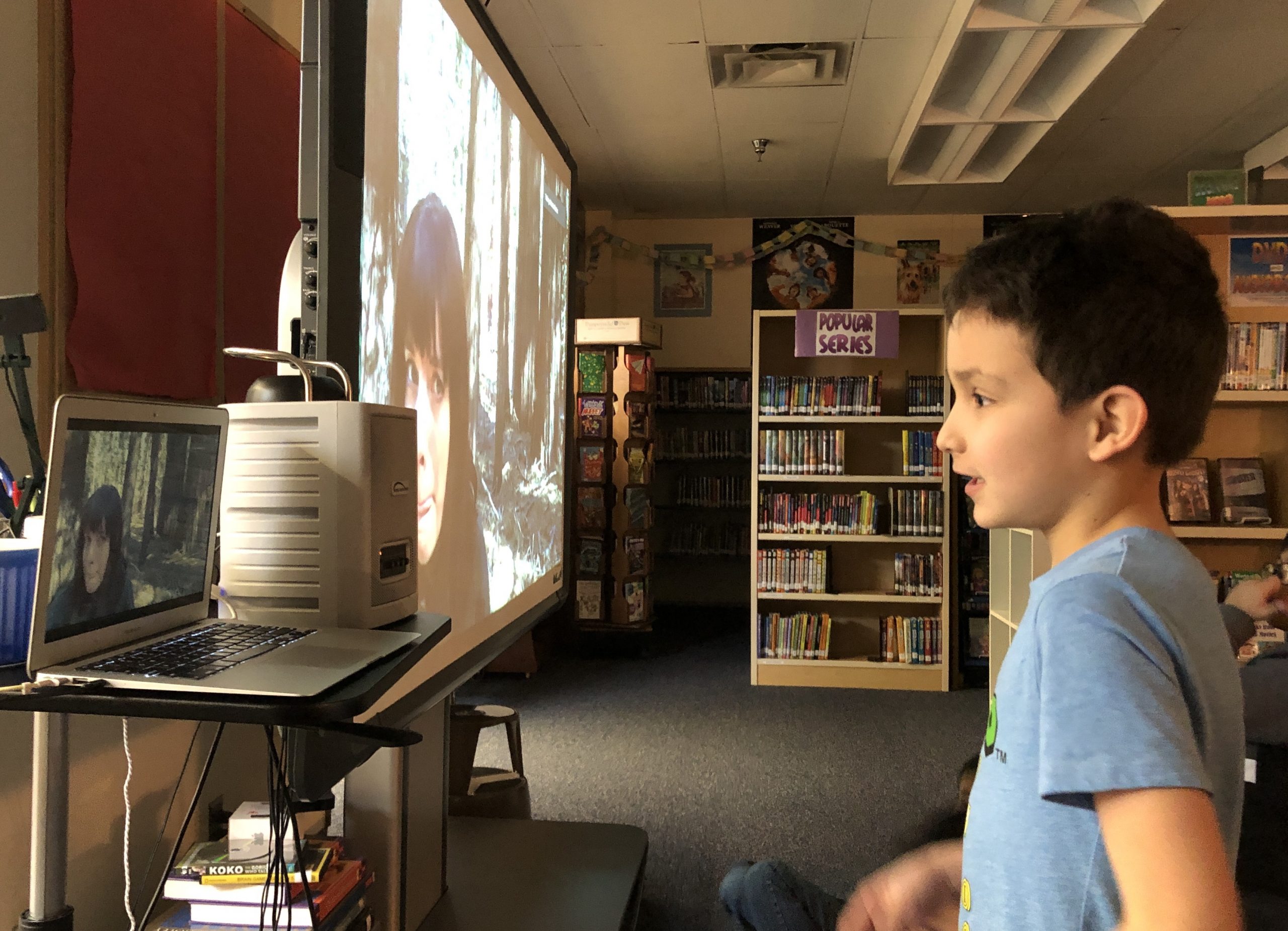
Asking questions is a great way to deepen our learning and understanding. One of us asked if she could show us just how big some of the trees are, by standing next to it. Behind her is one of the trees that was cut down before people realized just how valuable they really are. See the flat line? That is the stump of the tree. Ranger Jenny shared that if that tree hadn’t of been cut down, it would be one of the largest trees today!
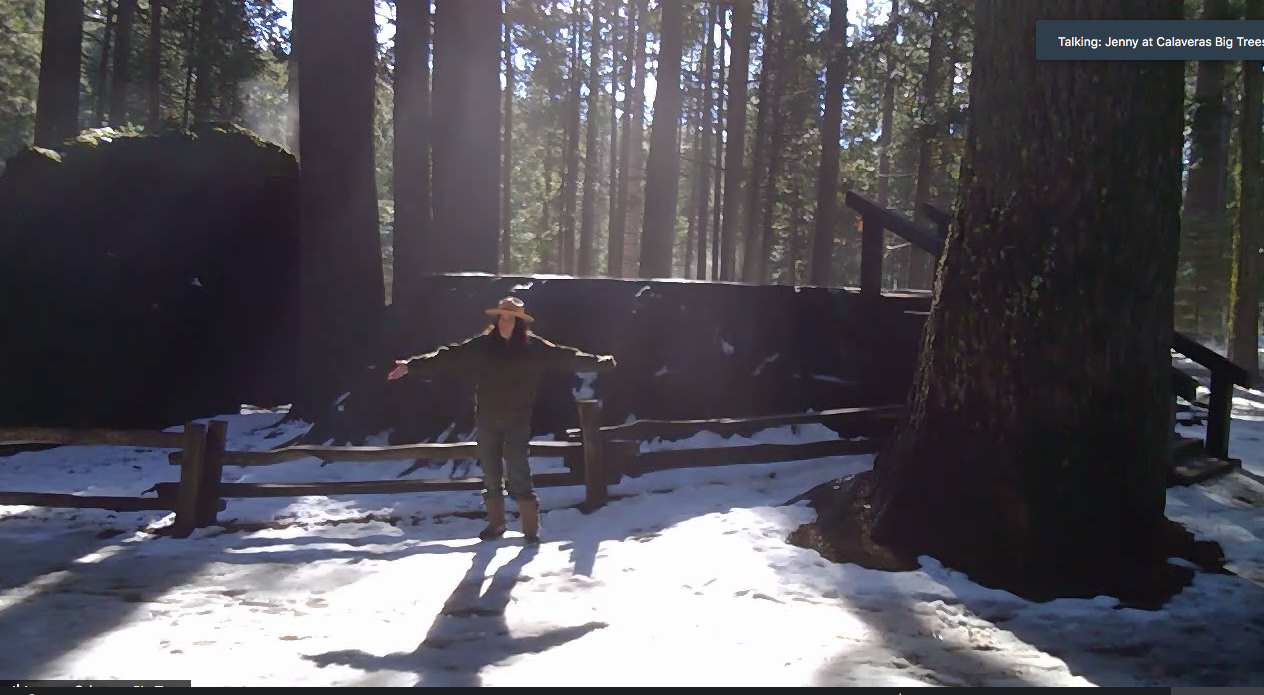
Thanks for joining us as we “sprouted” our learning and appreciation for the fabulous trees the world has!
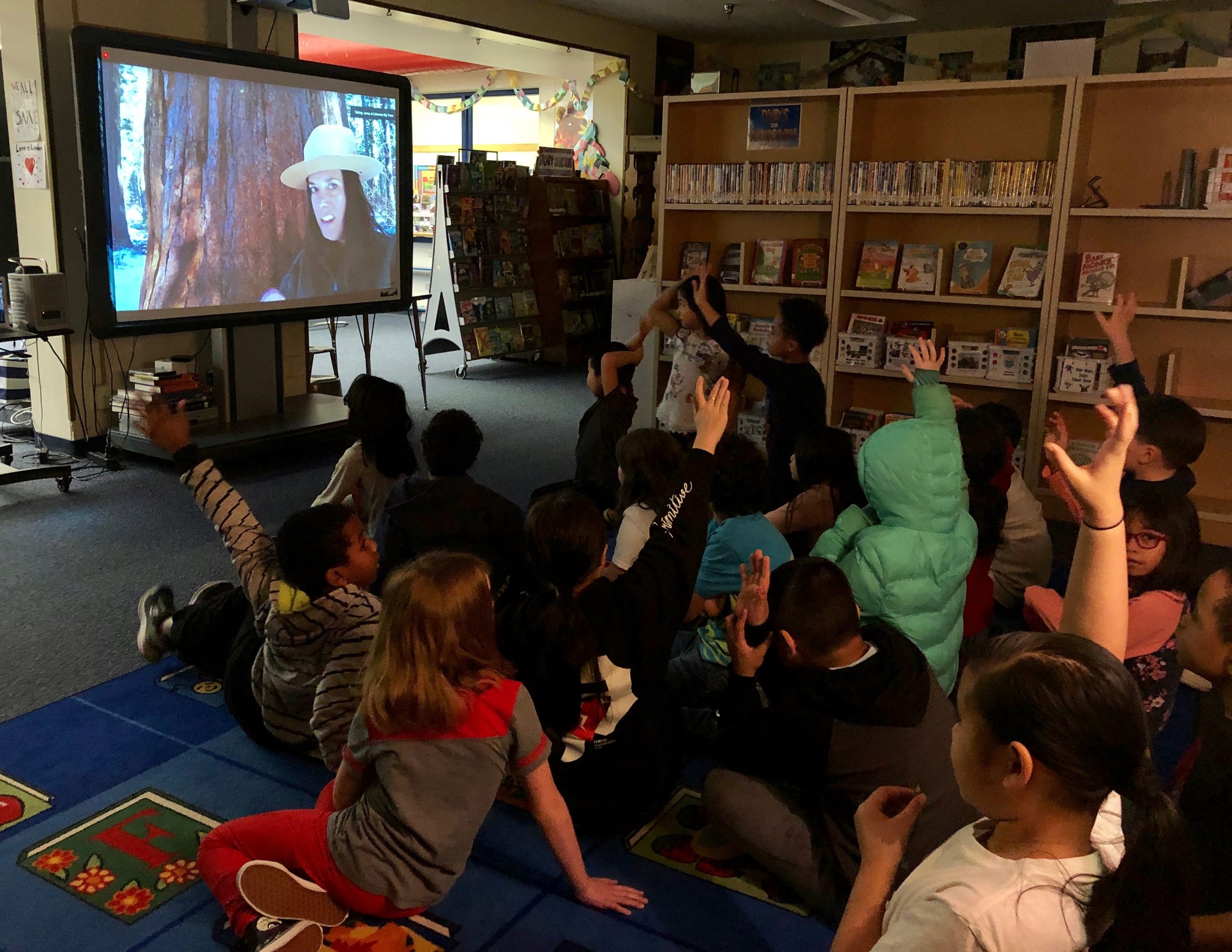
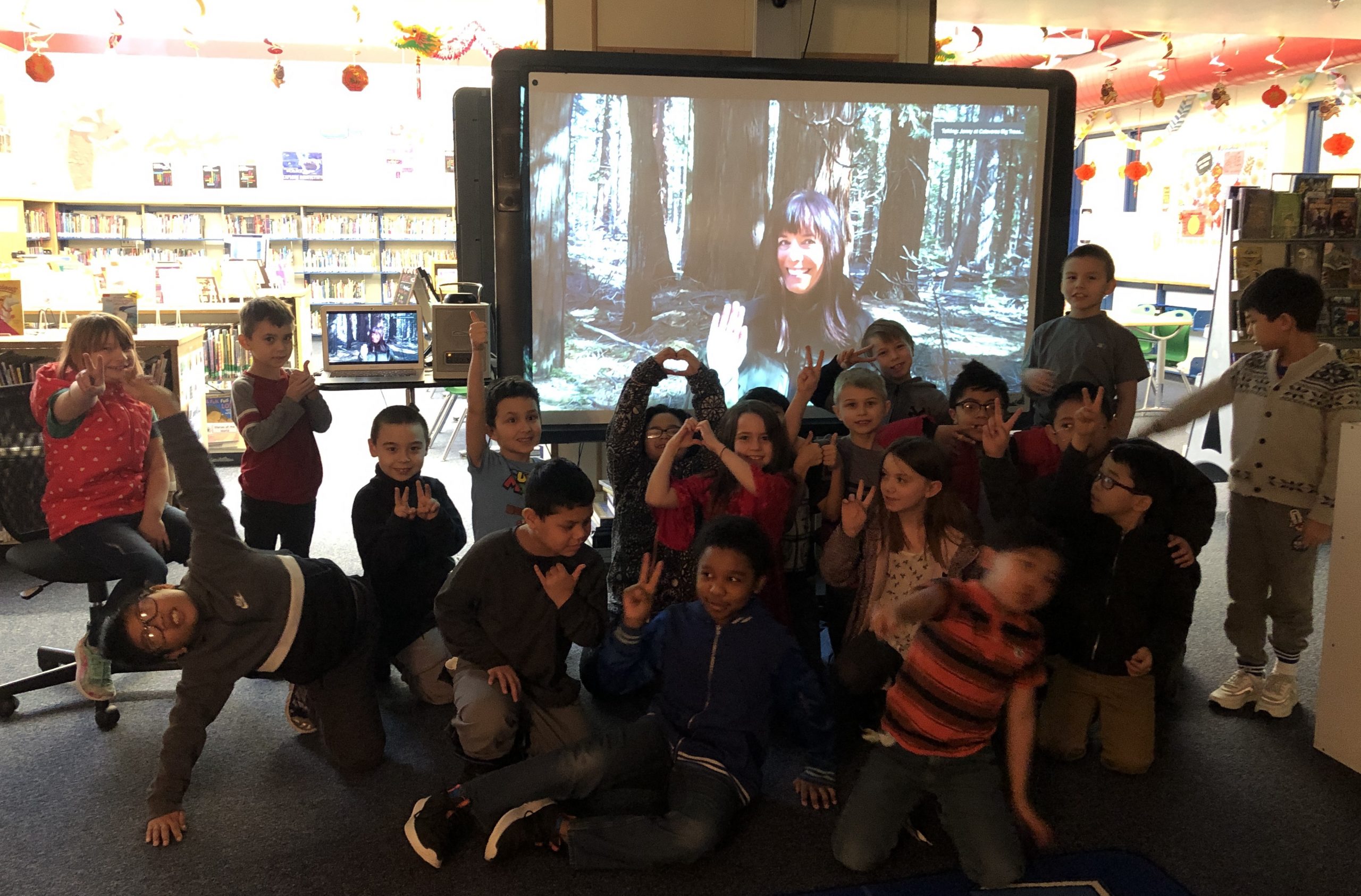
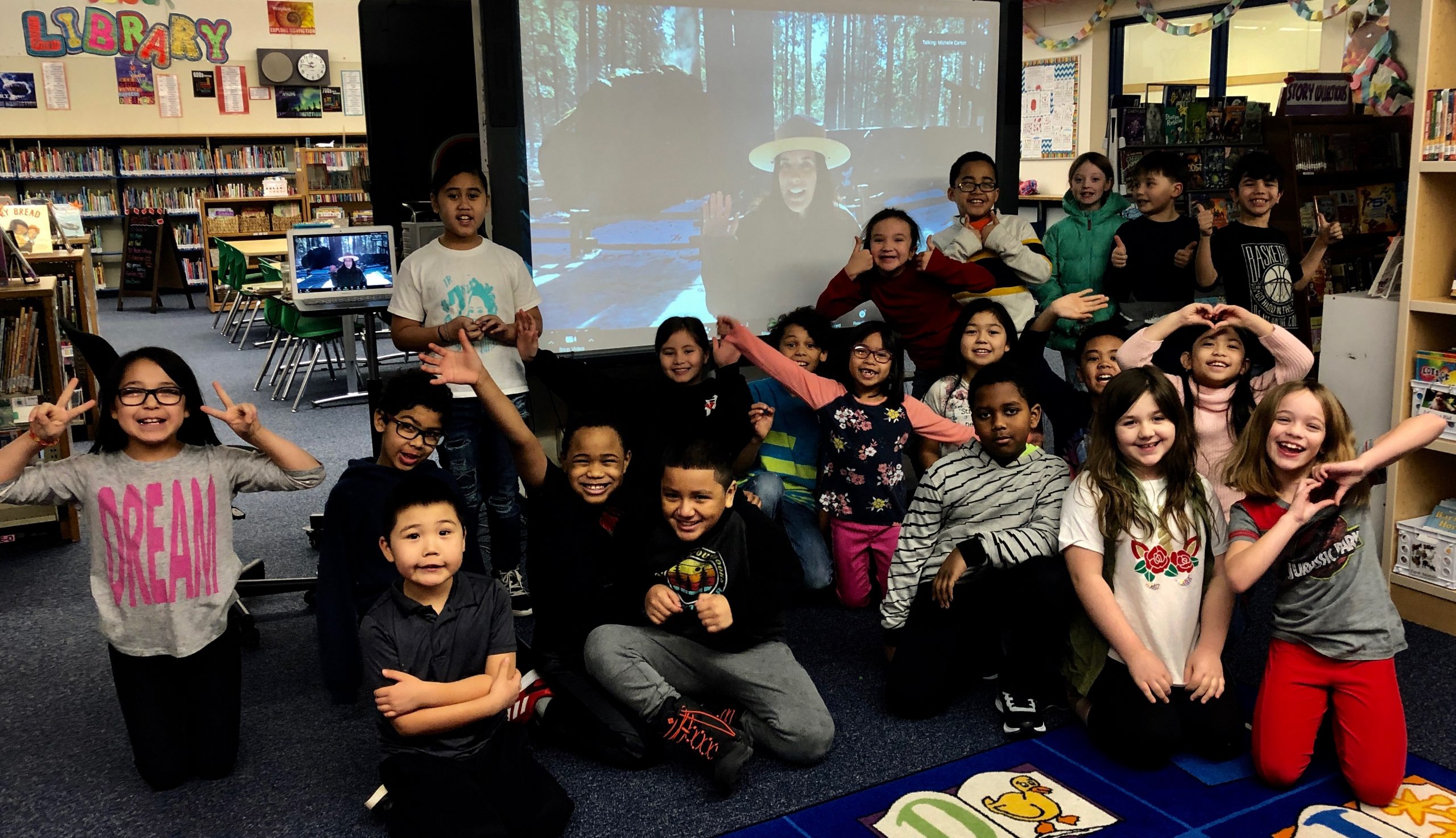
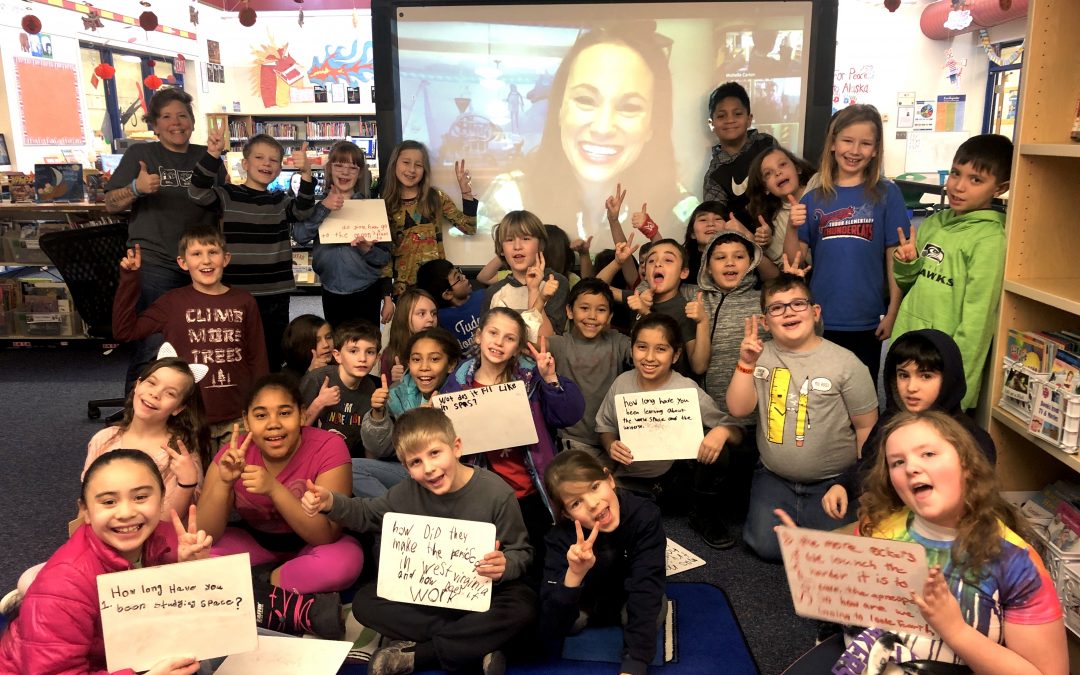
by awesomecoach2 | Feb 7, 2020 | News
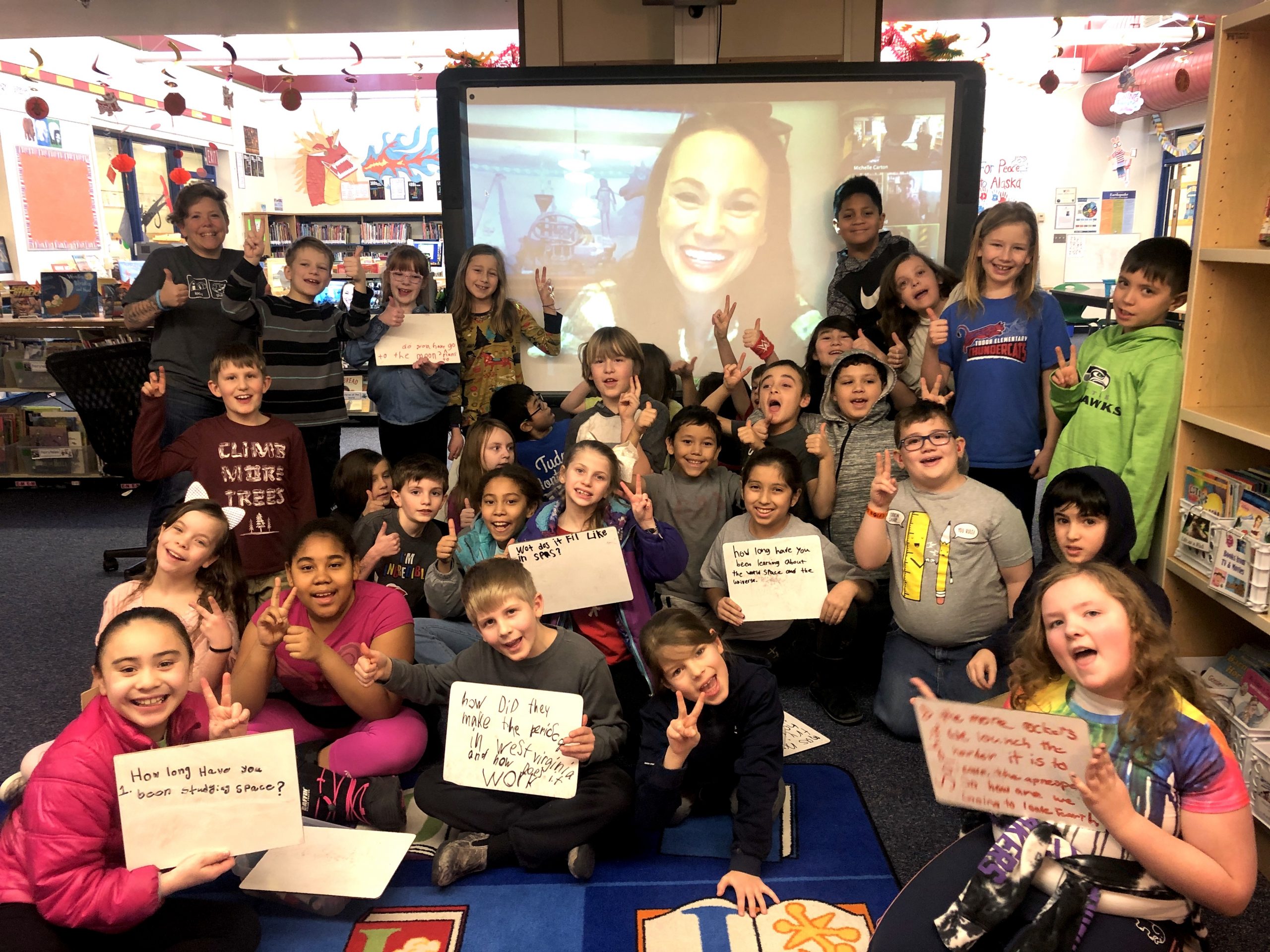
Thursday mornings are a great time for exploration and learning, excitement, and inspiration, which is exactly what we found today. Through Exploring by the Seat of Your Pants (http://www.exploringbytheseat.com/) 3rd and 4th graders at Tudor got the opportunity to “hang out” with the one and only Emily Calandrelli; author, explorer, MIT engineer, science communicator, TV show producer and host, with tons to share.
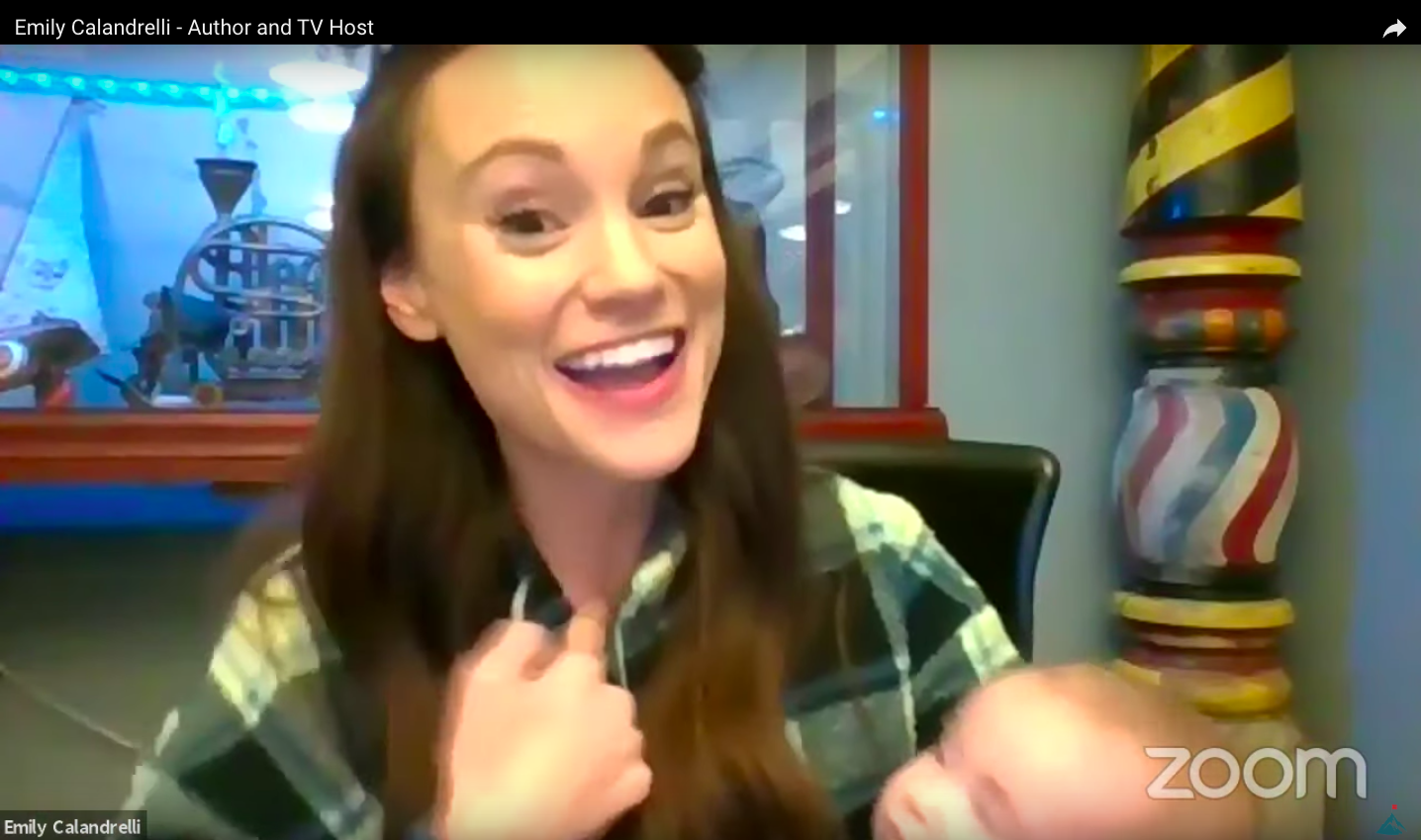
Right away, Emily reminded us of why we are so inspired by her! Not only does she get to travel the country to interview scientists and engineers working on incredible space and rocket science, and also even some that are looking for aliens on other planets! Just one of the many cool opportunities Emily got to do was to skydive out of a plane to show how parachutes help robots land on other planets. She even gets to be a correspondent on Bill Nye Saves the World (on Netflix) which is global! (A link to a great TED talk Emily did can be found here)
Learning about the cool space stuff happening across the world, excited us to be go-getters and pursue our science passions as well. We learned about a group of 20 year old engineers from India that are working on becoming one of the first private companies to land a robot on the moon, Team Indus. You can learn more about them here and here
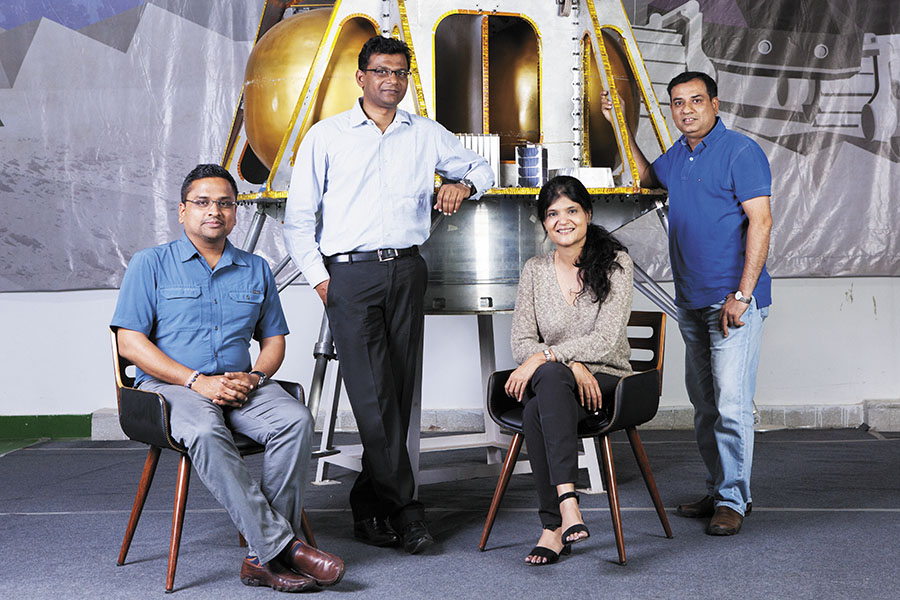
Emily continued on to inspire us to think about science stories and embrace the adventure that comes with the love of science. This love for adventure and science, especially in girls, motivated her to write the children’s book series Ada Lace, which we happen to own in our library!
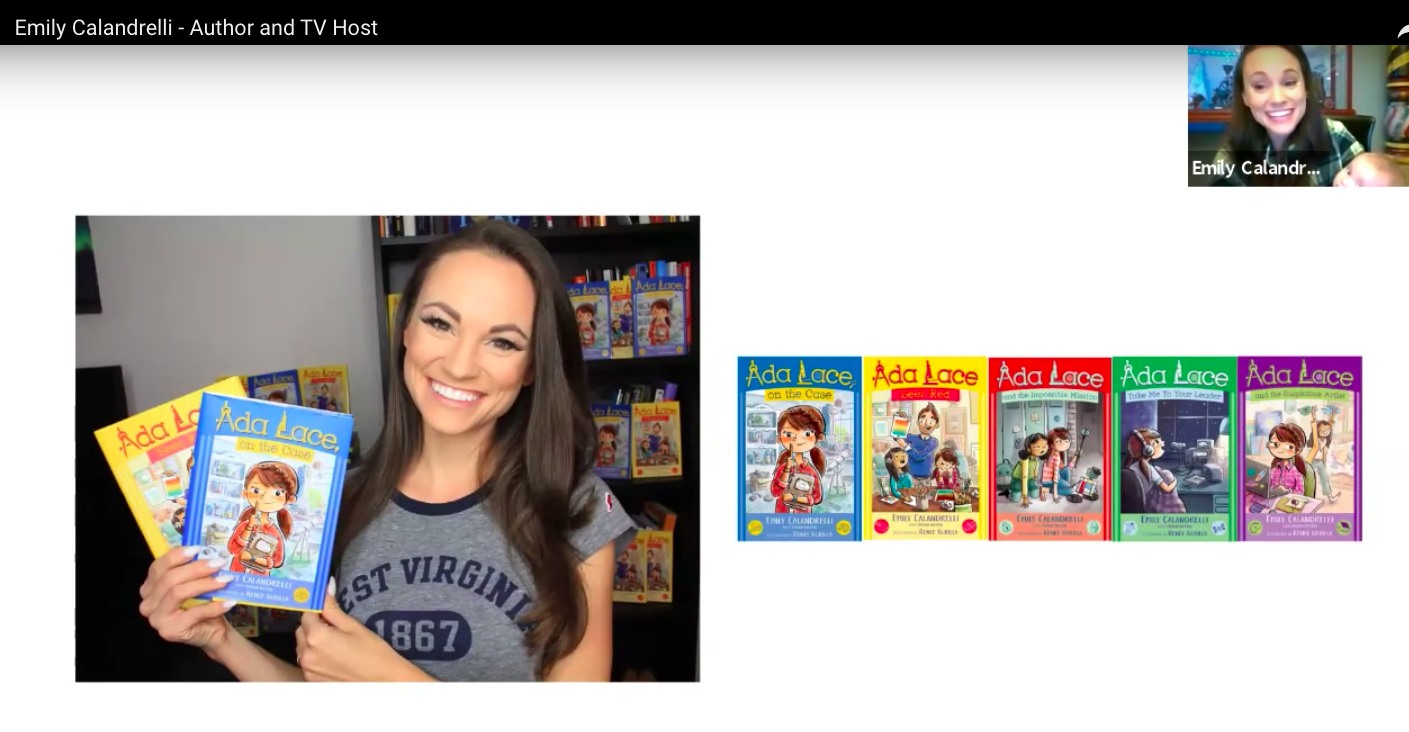
It was pretty exciting to hear about how Ms. Calandrelli got inspired to study space. In college, before she knew what kind of engineering she wanted to study, she saw a poster about doing homework weightless and she was hooked! Check out her excitement as she floats (we got to watch a video clip of her being a part of this)!
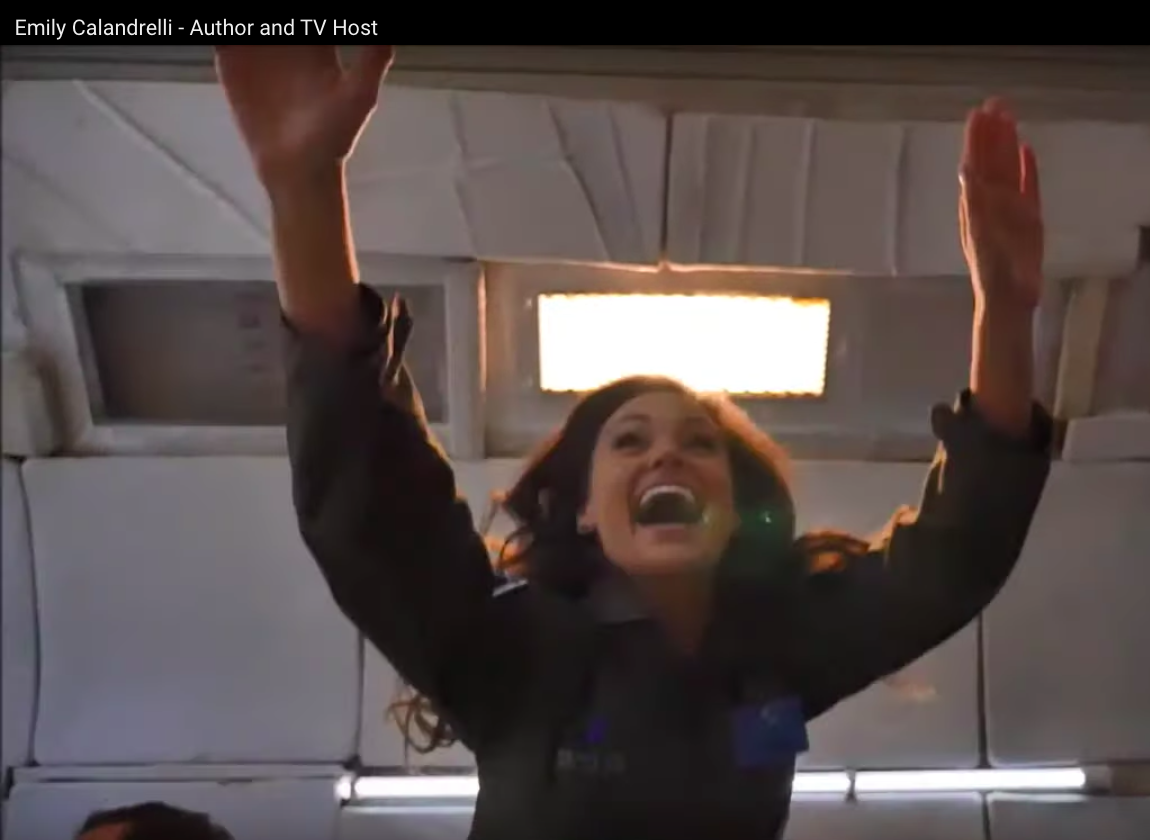
Our ears really perked up as she began to talk about why she loves space science. She shared that space science asks two of the most important questions: “Where did we come from?” & “Are we alone?”… A theory we were introduced today was PANSPERMIA, which she explained as the “theory that life hitchhikes over the universe using meteorites” and that some scientists believe that life existed on Mars. Nearly 4 billion years ago, life was even more habitable on Mars than on Earth, and there is a theory that would make us martians!
The way that space scientists are looking for aliens now, is through radio telescopes, like this one, Green Bank Telescopes, in West Virginia.
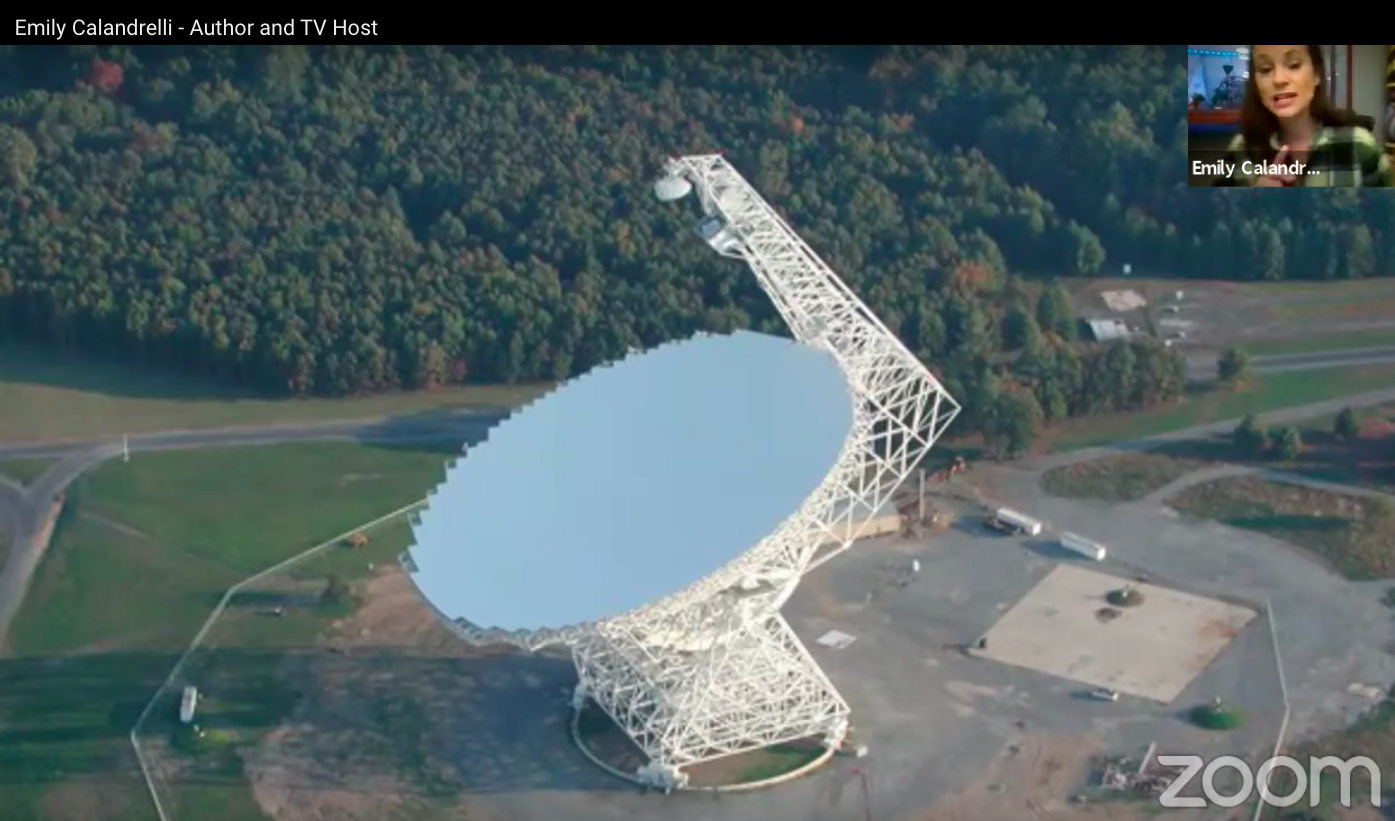
We learned that only half of the earth has internet today, which allows people to grow and evolve. Space is working on changing that! In case we didn’t already think Emily Calandrelli was spectacularly amazing, we learned about how she built a high altitude weather balloon attached to a box and with cameras (so the world could watch it) as she announced she was going to be having a baby! How cool is that?
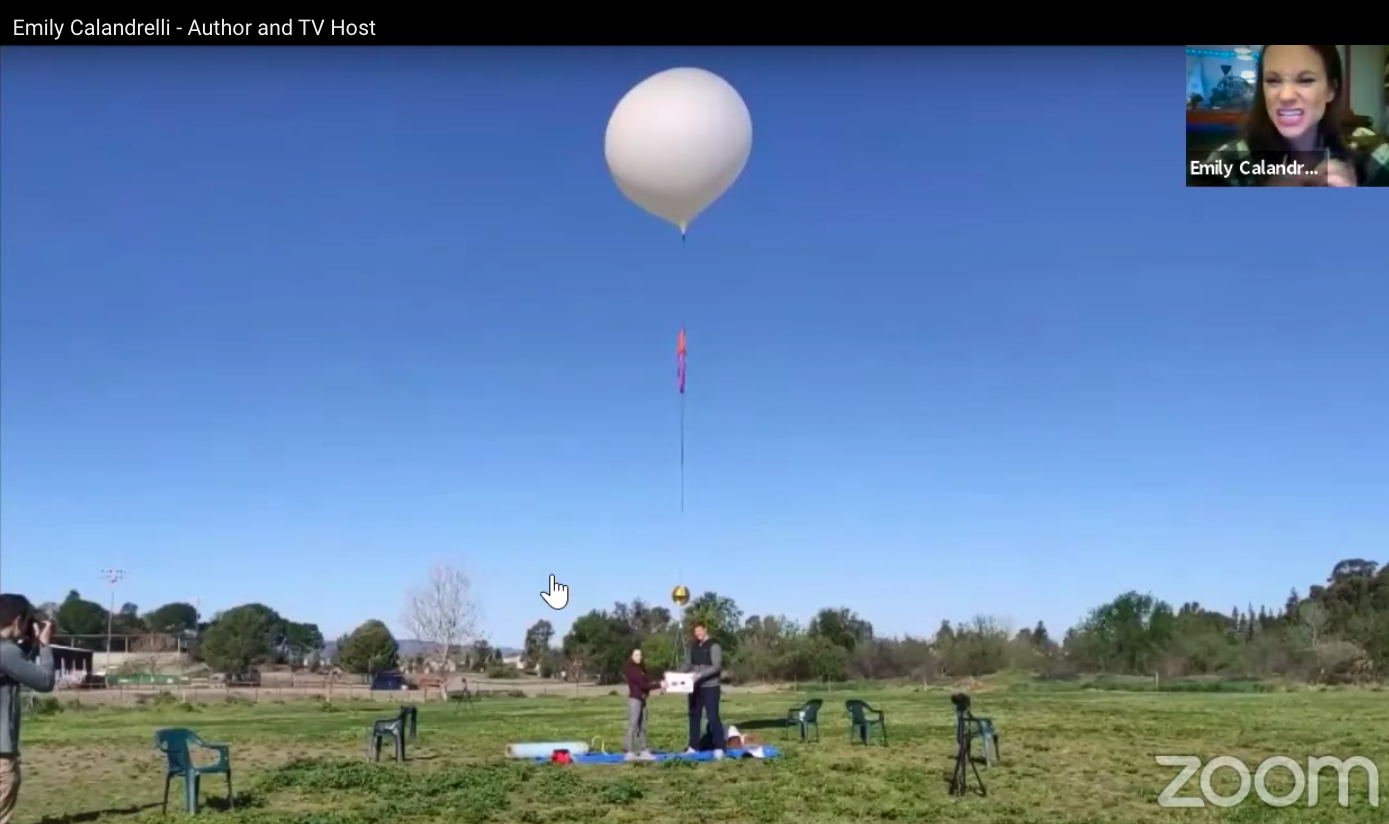
While no balloon has ever made it to space, she was able to get this great shot, out towards the edges of the atmosphere.
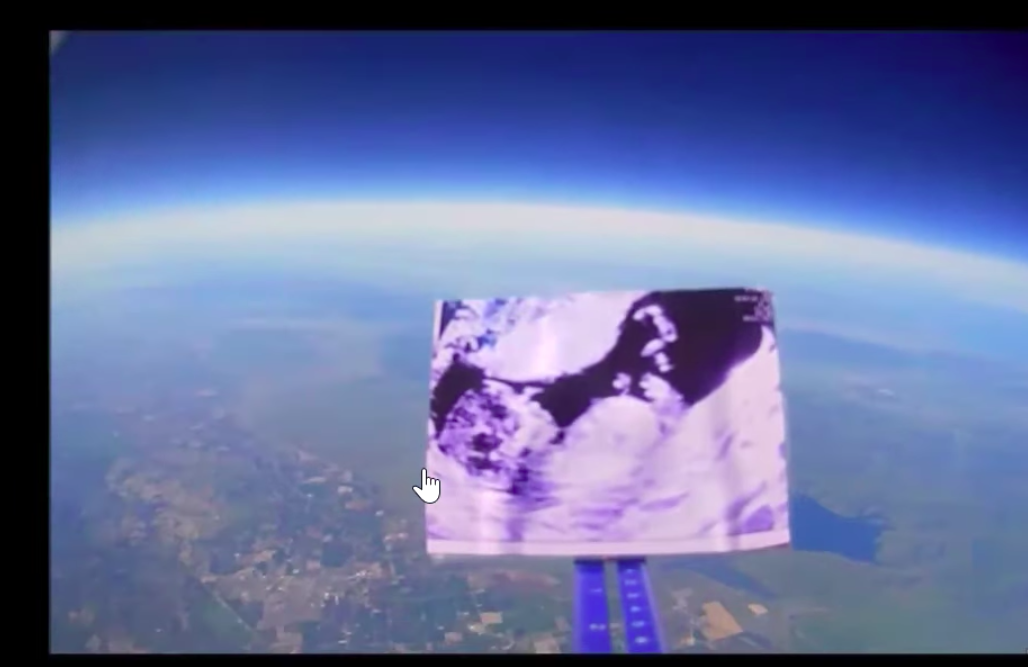 In our session today, we also learned about Astronaut Christina returning today from a record 328 days in space! You can learn more about her here.
In our session today, we also learned about Astronaut Christina returning today from a record 328 days in space! You can learn more about her here.
All the classes participating in today’s Virtual Connection with Emily Calandelli through Zoom and on YouTube Live had great questions that allowed us to learn way beyond what we ever thought. You can watch the whole recording of today’s session by checking out the Nat Geo Chanel on YouTube or by clicking here
Check out a couple of our amazing questions, below!
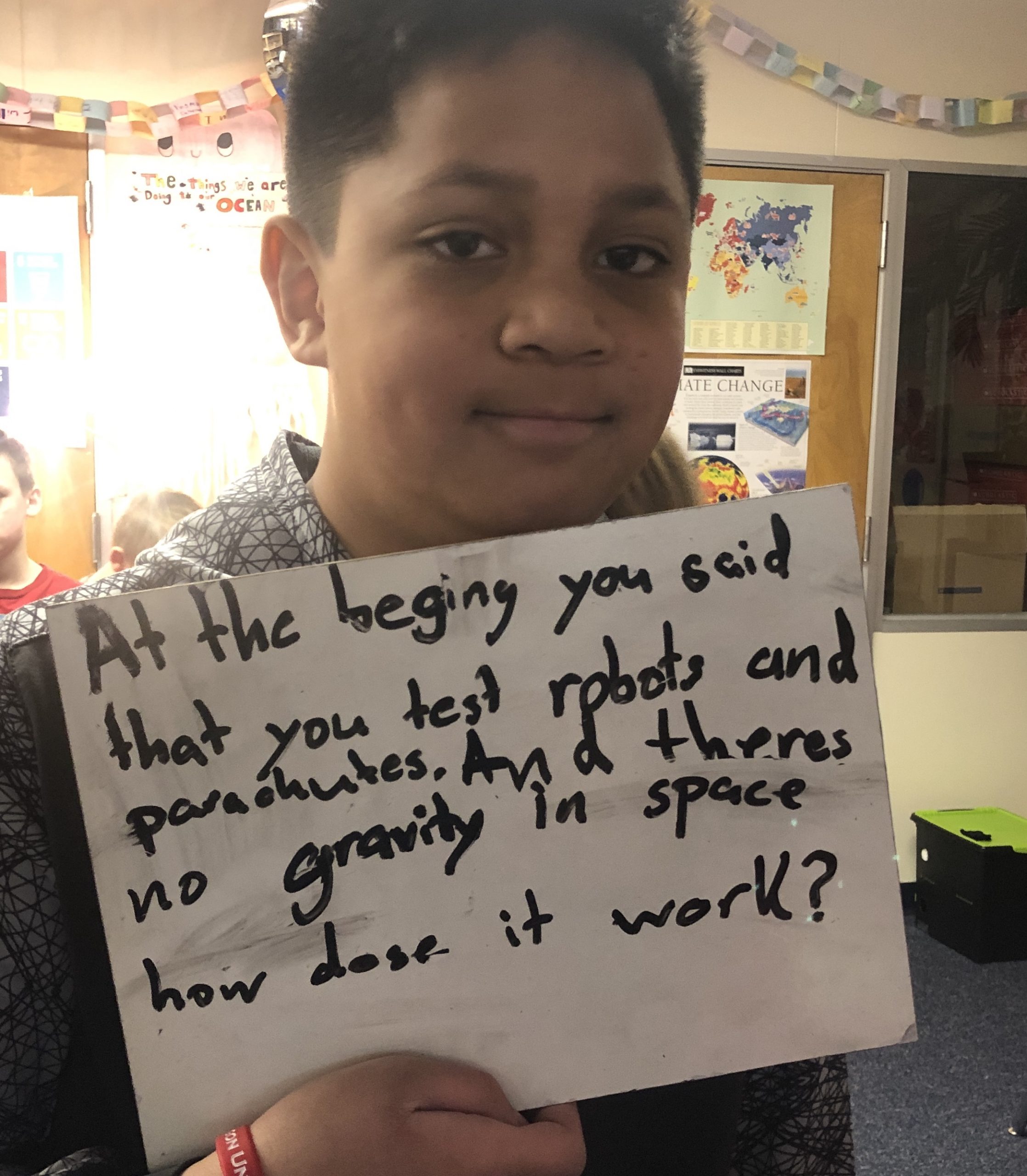
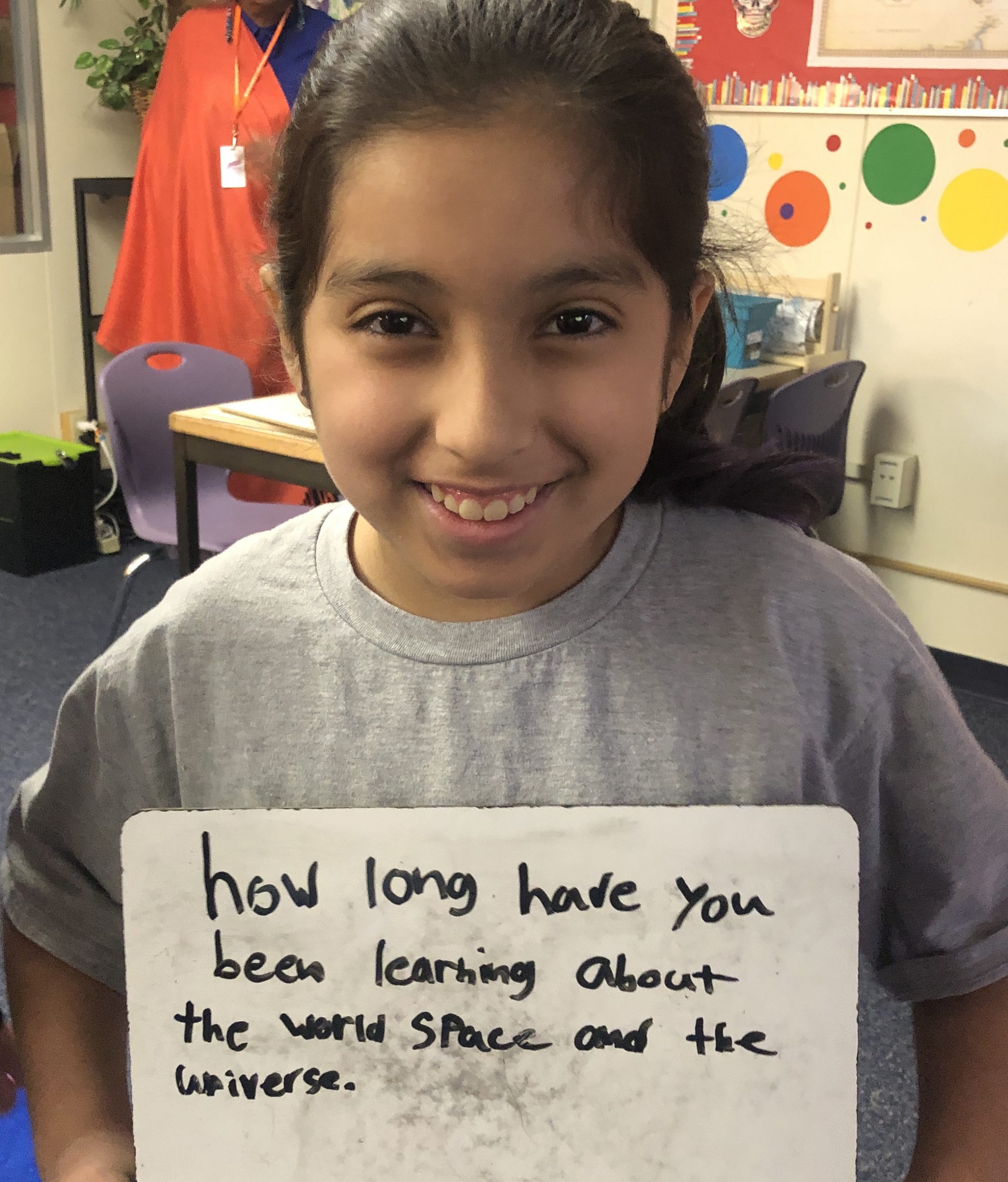
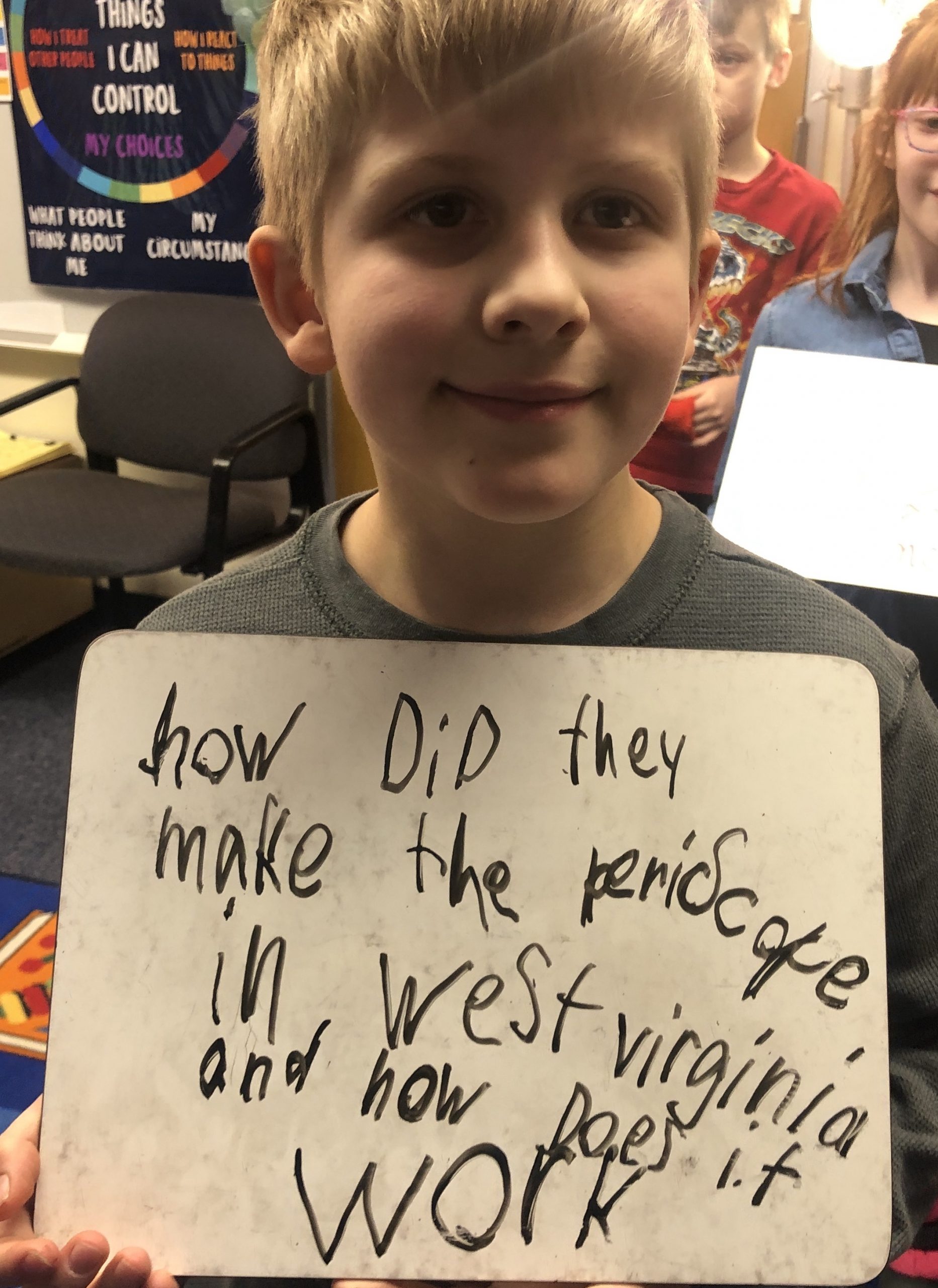
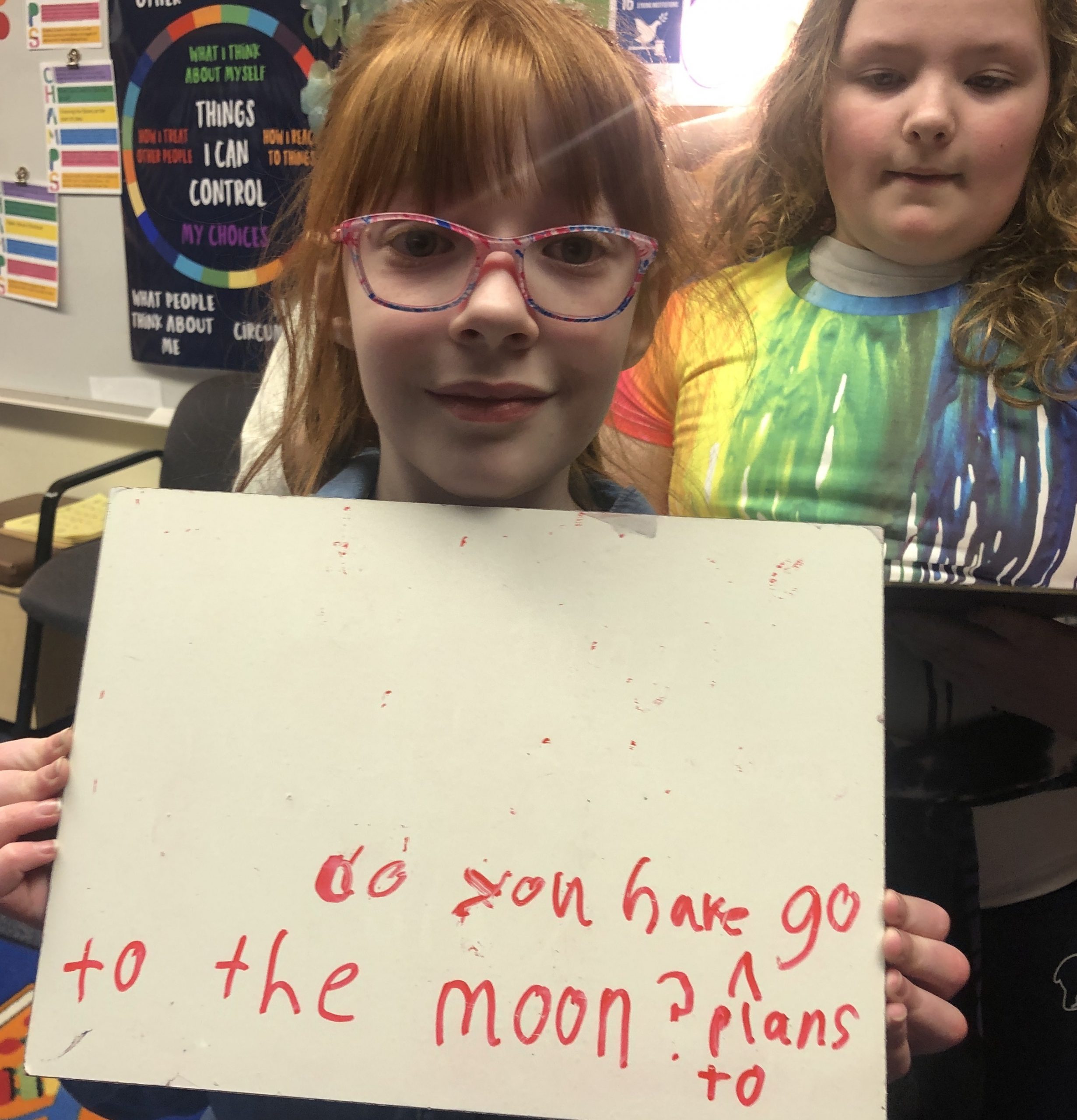
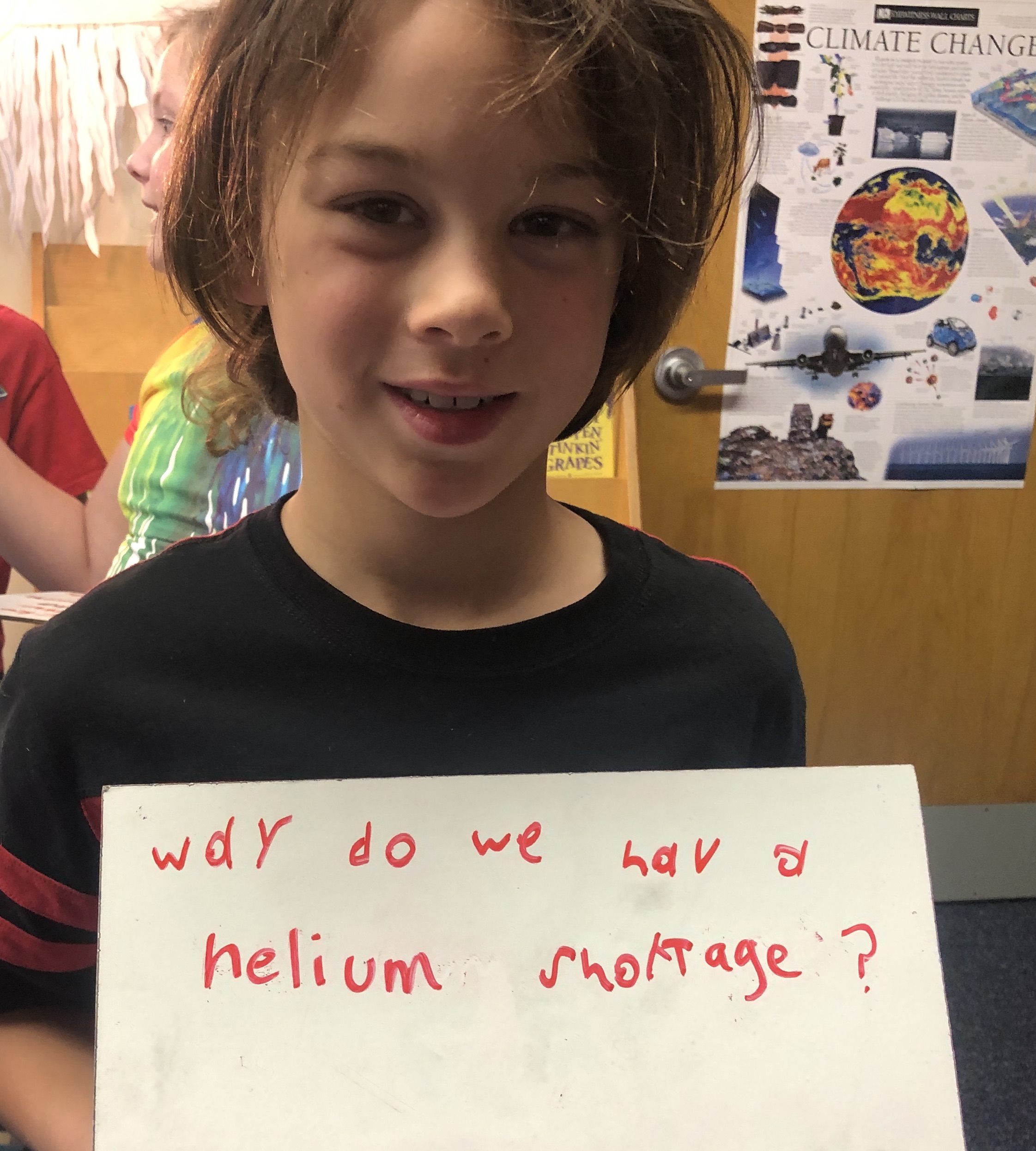
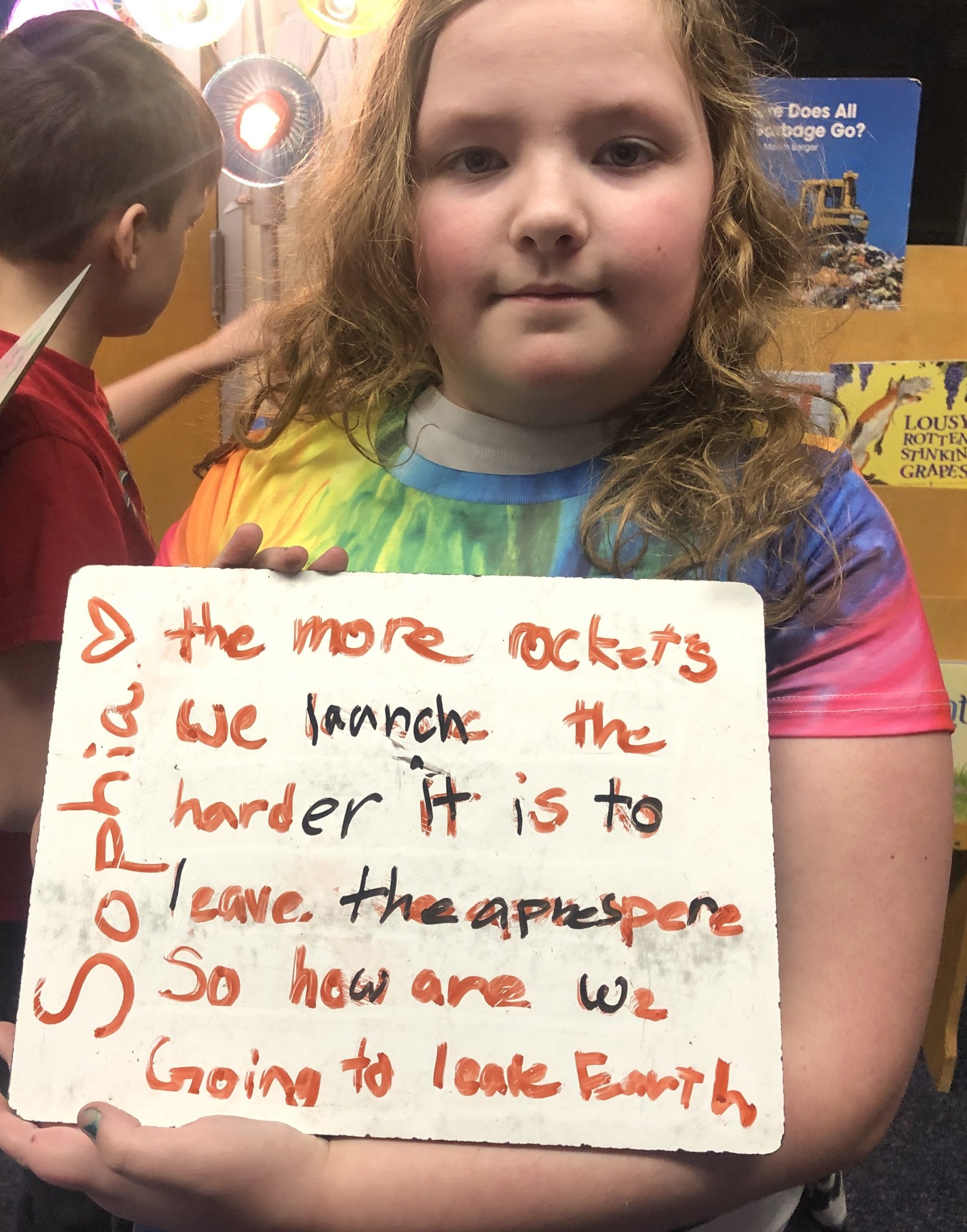
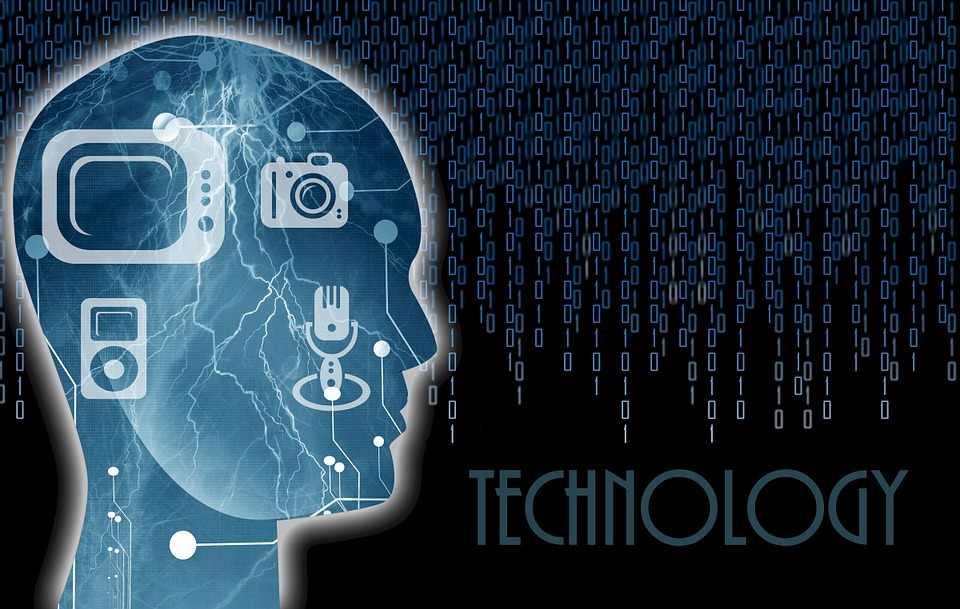
by awesomecoach2 | Feb 15, 2019 | News
–Note: Upon attending American Libraries Association Midwinter, 2019, I walked away with another ideology to help shape and mold what we librarians do in the library, but this can also be applied to literacy building for classroom teachers. Professional Development such as sessions like the one I will share on Computational Thinking in Early Literacy Development encourage us to obtain ideas on how to continuously evolve the learning for our patrons–
When my generation was young, we did a lot of thinking and problem solving, much like the generations before and after– the tools we used to develop thinking, relevant to our world, were much different than they are now and so are the processes which young people develop thinking in order to navigate their world. A new foundational skill that has emerged is known as computational thinking. Computational thinking, also known as CT, is a process of thinking about the ways to take a problem and potentially solve it, be it through technology or without, through four components: Decomposition, Pattern Recognition, Abstraction, Algorithm Design. It is what allows us to be successful at looking at a challenge and making the next step when addressing it.
To put it into simpler terms, computational thinking is a process used to solve problems or complete a task, and is a necessary skill for our developing young people, especially in a globalized world. It is the foundation to be successful in a variety of subjects, from science, literacy, math, and social emotional learning, and empathy building. Global Computational Thinking, which I am coining here, is the idea of taking computational thinking and applying it to global learning, global collaborating, and the global tenets.
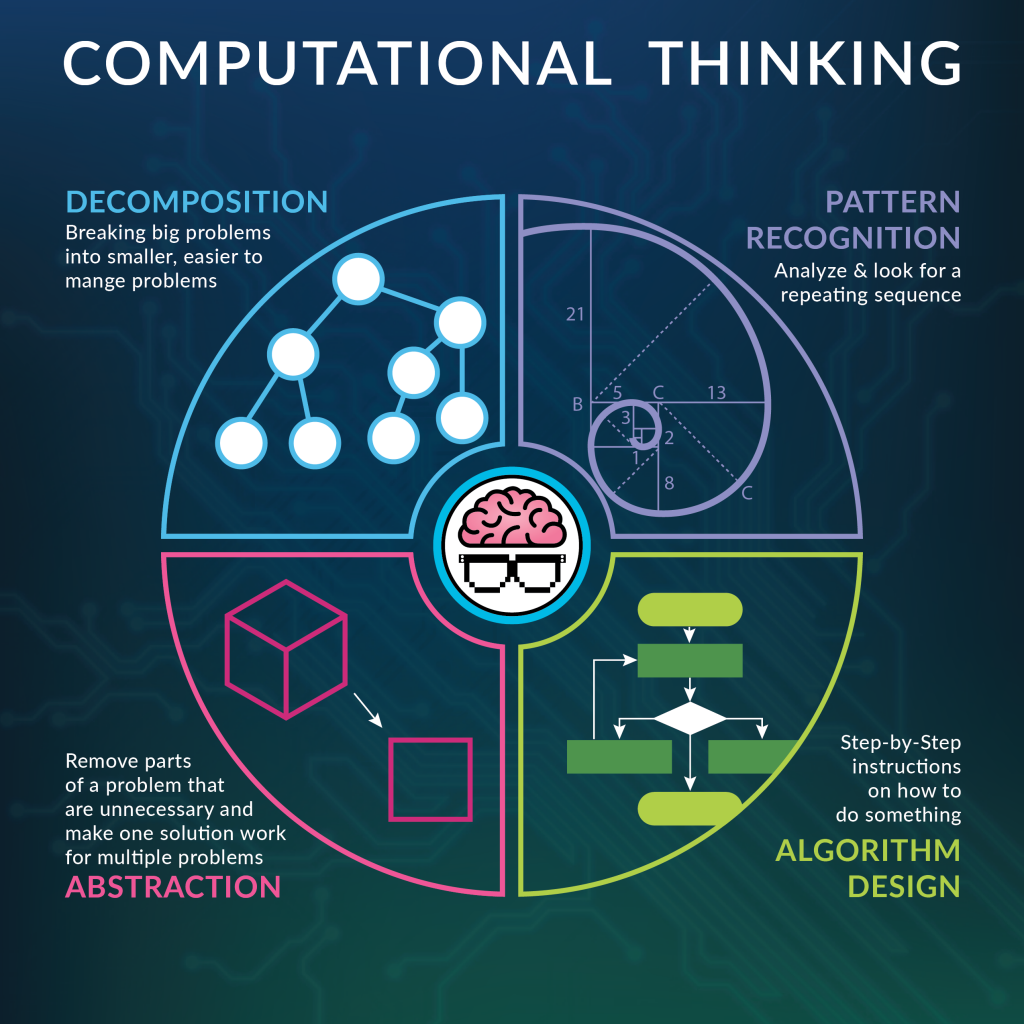 Image from https://www.computationalthinkers.com/product/computationalthinking/
Image from https://www.computationalthinkers.com/product/computationalthinking/
According to Jeannette Wing (2006), “Computational thinking allows us to take a complex problem, understand what the problem is, and develop possible solutions. We can then present these solutions in a way that a computer, a human, or both, can understand.”
Because technology is such an instrumental part of the learning and teaching process, it is necessary for learners of all ages, be aware how to navigate challenges within, and utilizing, these technologies. So where do we start? Do we hand students technology and tell them to go? No, in early learners, we build the four domains, to allow for success when applied all together: Pattern Recognition, Decomposition, Abstraction, and Algorithm Design. Someone who has foundational skills in navigating computational thinking can apply the process to a number of different tasks and situations, many of which prime them to become successful in multi-modal technologies, such as coding.
The most important element to note is that computational thinking moves away from the idea of learning new technologies just to learn them, and shifting to the notion of the learning deciding what is needed to address problems, and deciding what technologies, or type of technologies are best suited to solve the problems, With this shift, it provides purpose, context, and direction into the learning of new technologies. For example, instead of teaching our students about Flipgrid as a cool tech tool to do a variety of things, by delving students into a need for global collaboration on ideas (understanding what other people share in a certain perspective on a given subject in order to reach new ideas), they come to the realization that to connect live during the school day isn’t always possible with time zone restrictions. Thereby, they identify a need for something better suited–in comes the educator’s role in introducing Flipgrid as a potential tool for them to accomplish their goal. The technology simply becomes the method where the learning areas connect, and CT is the foundational guide.
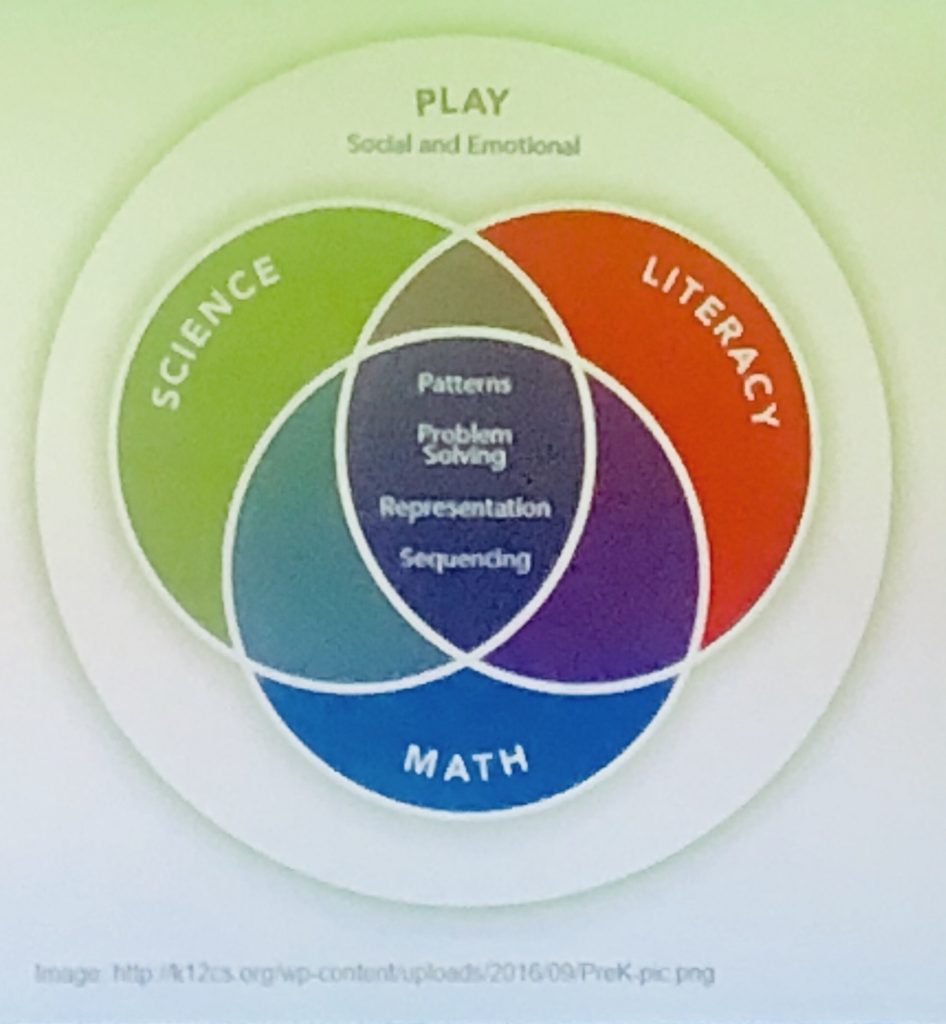 (my own, quite grainy, image)
(my own, quite grainy, image)
With computational thinking in relationship to librarians and even GLOBAL libraries, it should be seen as a necessary building block to help our young people to have skills to break larger problems into solvable tasks, can be done through makerspace, tinker, and TASK parties right in our libraries. It is important that we build these skills in our early learners. Why? Young children are naturally curious, and enjoy new learning and new tasks. By offering CT opportunities, we are priming young people to be diverse and divergent thinkers, life-long learners and tinkerers, as well as effective communicators.
It’s important to look at the 4 different domains and how we accomplish implementation of CT in the library setting. For example, Pattern Recognition, by nature, fits with a variety of the books we use regularly in the library, especially in the elementary setting. It is important that the domain is not only introduced, but that students have the opportunity to practice it for themselves–the “you do” piece. One book presented at the ALA Midwinter conference was Lost. Found by Marsha Diane Arnold and Matthew Cordell to be used as the “share” piece, with the design piece being the Quiet Blocks Building Challenge. There are a lot more resources available
So, in a nutshell, what is computational thinking? A set of foundational thinking skills to help them creatively solve problems. It is precursor to coding and more complex skills students need to be successful in a global marketplace. Two places to check out, with a plethora of resources: https://nevershushed.com/computational-thinking/ and https://k12cs.org/
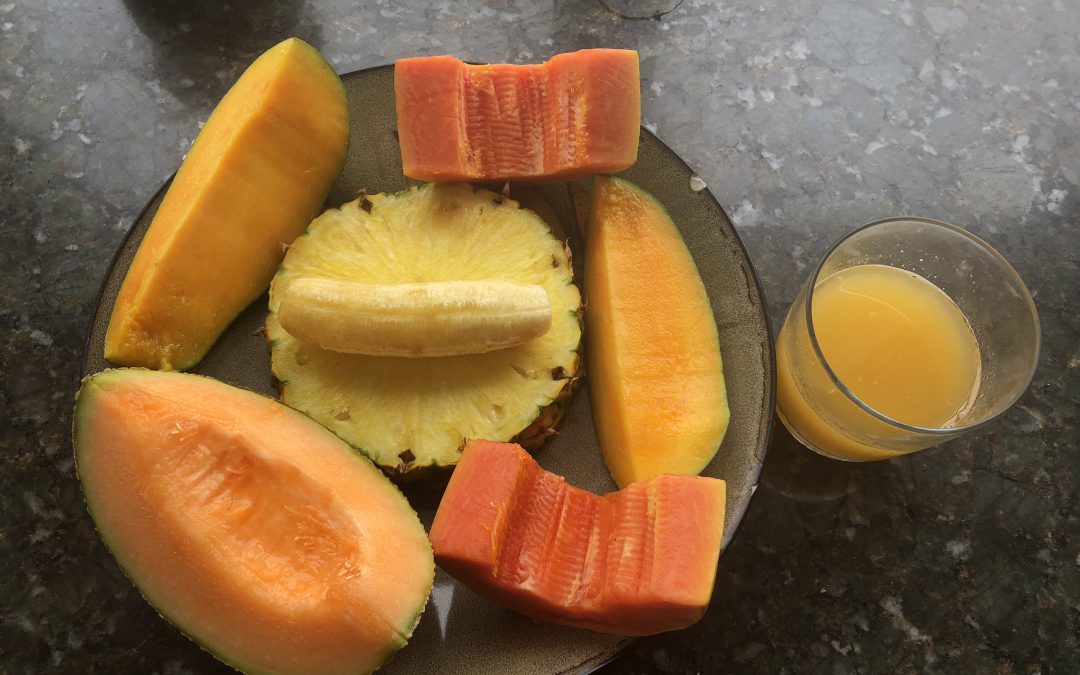
by awesomecoach2 | Jan 6, 2019 | News
July 2018, I traveled to the Nicoya Peninsula, the West Coast Costa Rican peninsula, via Puntarenas. People I spoke to before my journeys and along the way, were encouraging me to not plan on stopping there, “it’s the armpit of CR”, “it doesn’t have lively culture”, “is only for fishing and cruise tourists quick stop at beaches” and “is just a poor, dangerous place”, etc. So of course, being the global citizen I am, my aim was to gain my own perspective, so that is exactly where I wanted to go, to investigate my own experience. What a beautiful place, with energized people, unique challenges, and something to be discovered firsthand.
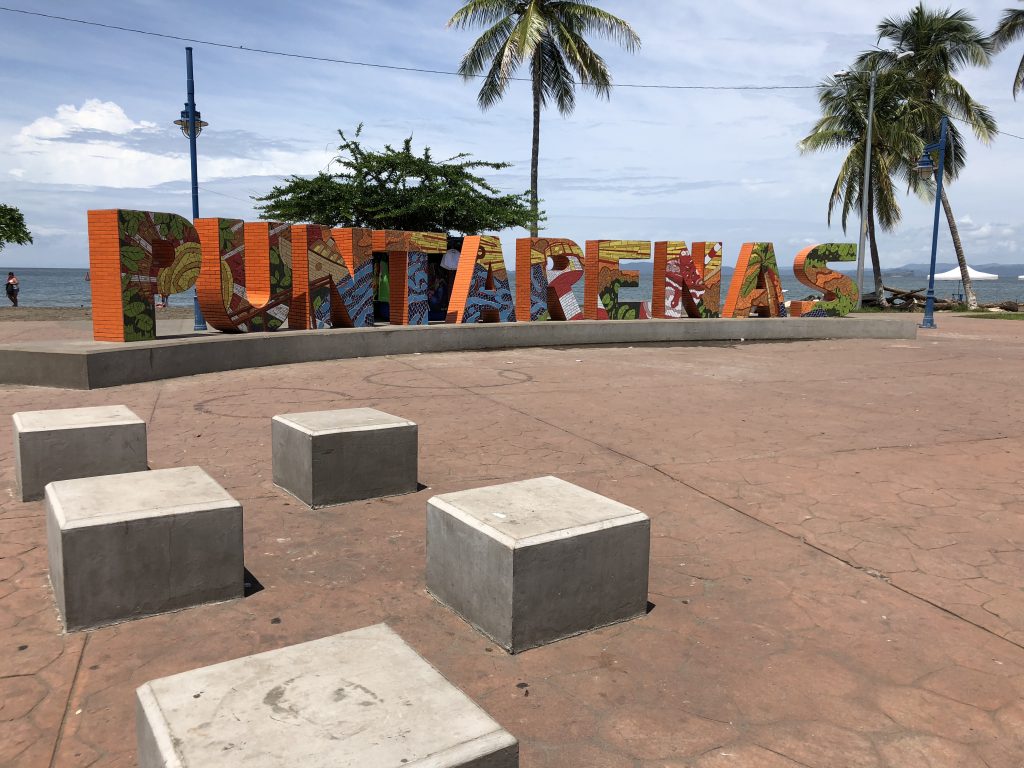
Puntarenas is a commercial fishing port that played a key part in the development of Costa Rica. The variety of vessels can be seen out on the many waterfront horizons. A popular type of boat I found for local fisherman and residents were like this one below:
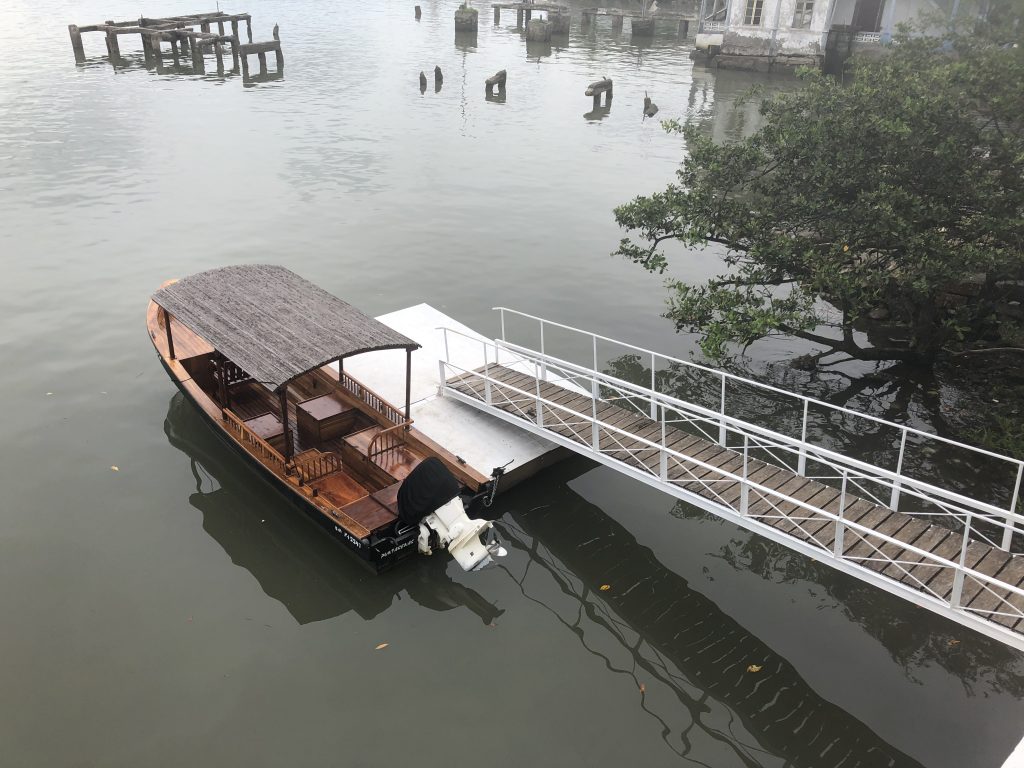
I got the opportunity to stay at a UN Heritage Site, and much like many places in Costa Rica, there are often no walls between the outside space and the inside living space. Puntarenas, by where it is located, gets a lot of wind off the ocean, so it is not uncommon to see the open concept. This was one of my favorite parts about this region of the country.
For those new to CR, this can be mind blowing, especially for Alaskas, as we make sure that every space that touches outside has either a screen or an arctic entry (a space to be before going all the way inside). I see CR as being almost opposite (as with other tropical locations). Its fascinating to be able to be “inside” and step “outside” without going through actual doors.
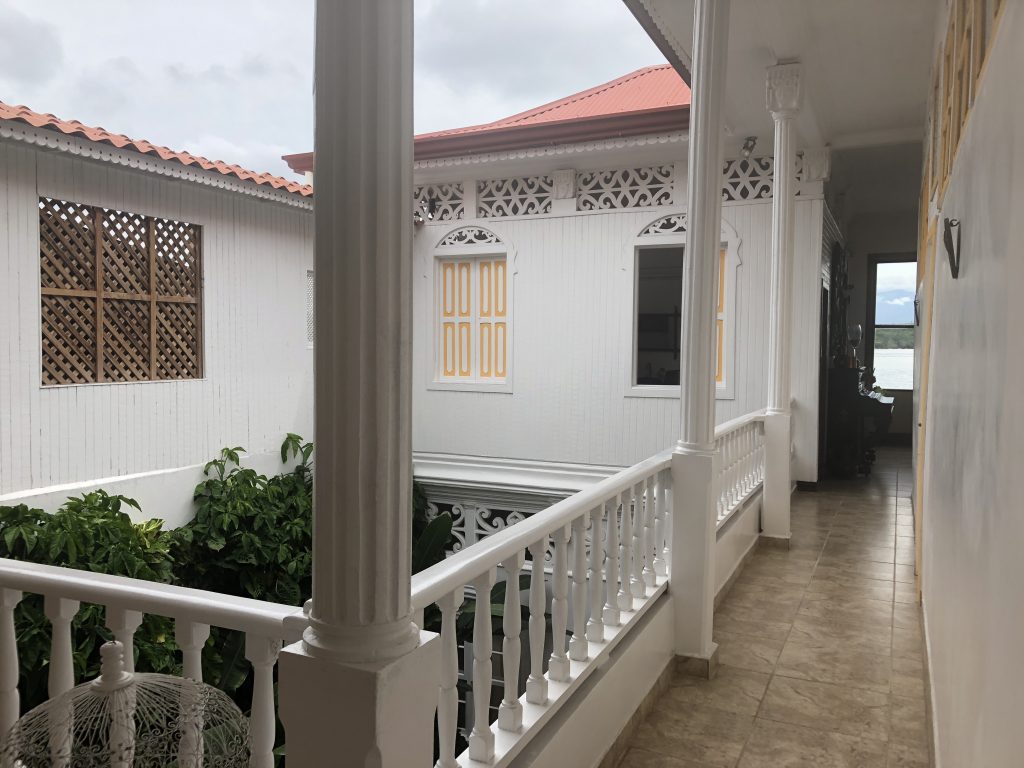
This picture here shows it even better where it seems, by Alaskan standards, there should be a wall between in the inside and outside.
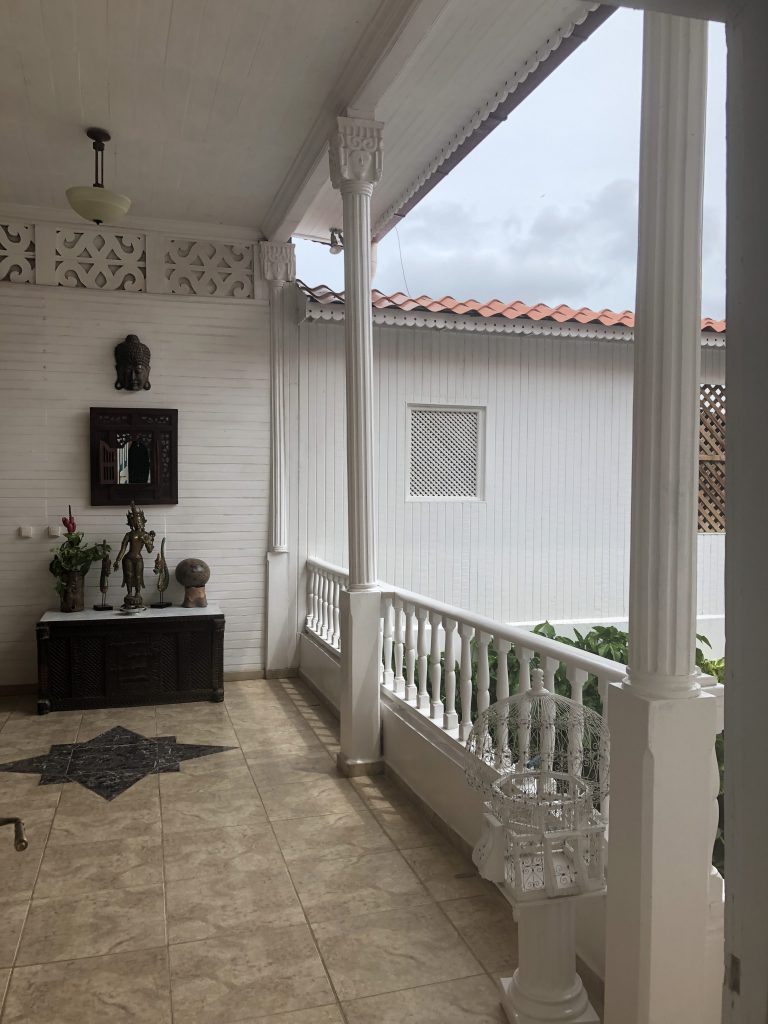
In the kitchen of this particular place I resided, there were mostly shutters and what appeared to be open windows (but with no way to close them…so, just window frames on the bottom row to the right). See straight ahead, all of that is open to the outside. This is mostly to allow for ventilation because it is a very humid place and most places (except tourist spots) do not have air conditioning. The wind IS your air conditioning.
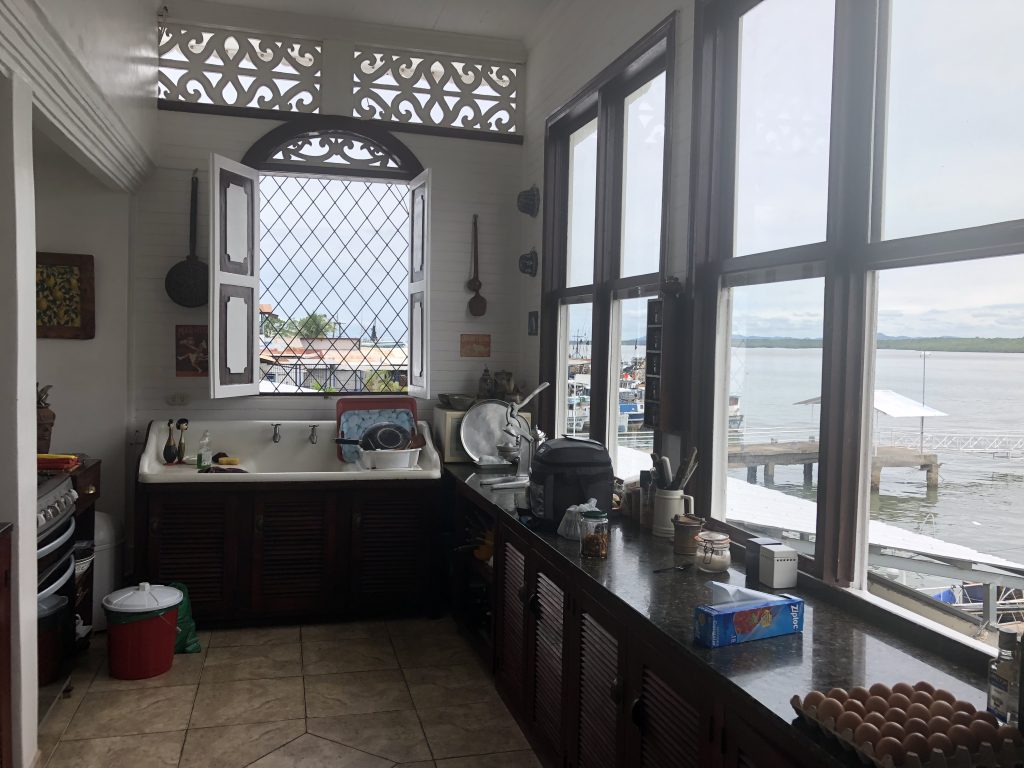
The same open air concept can be seen here in the bedroom at the ceiling. I was told that it isn’t often the shutters or doors are closed. In heavy rainfall, which I experienced here more than any other location (could be a fluke chance), I could feel the mist while laying in bed, and the sounds of the rain and thunder are deafening–which is an amazing experience I suggest everyone having at least once.
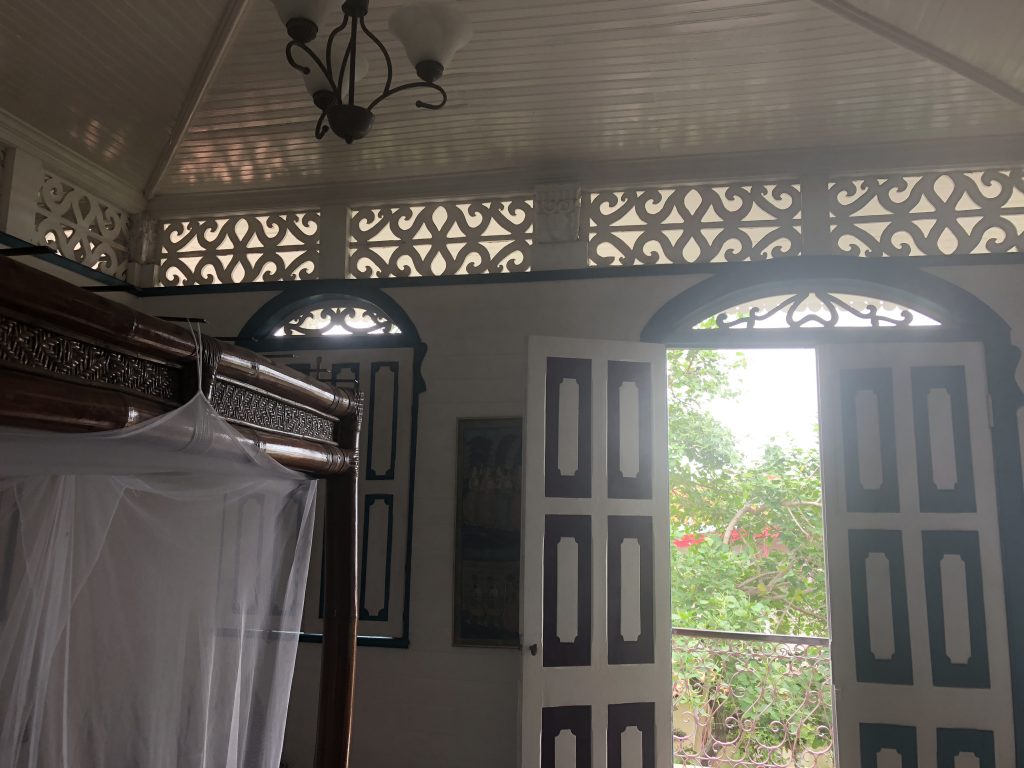
So what do the people of Puntarenas find enjoyment in, outside of sitting on the porch listening to thunder and watching lightening, you might ask? Beach soccer (and tournaments) are a major popular feature and wow, is it impressive to watch players bearfoot in the sand, scrambling for the ball. Naturally I inquire about the nature of being bearfoot, and was met with “why would they even consider wearing shoes…this makes them tough and better players.” I tried placing my feet in sand, to see how it felt, and last 5 seconds before I felt like they were on fire. This makes beach soccer even more incredibly impressive.
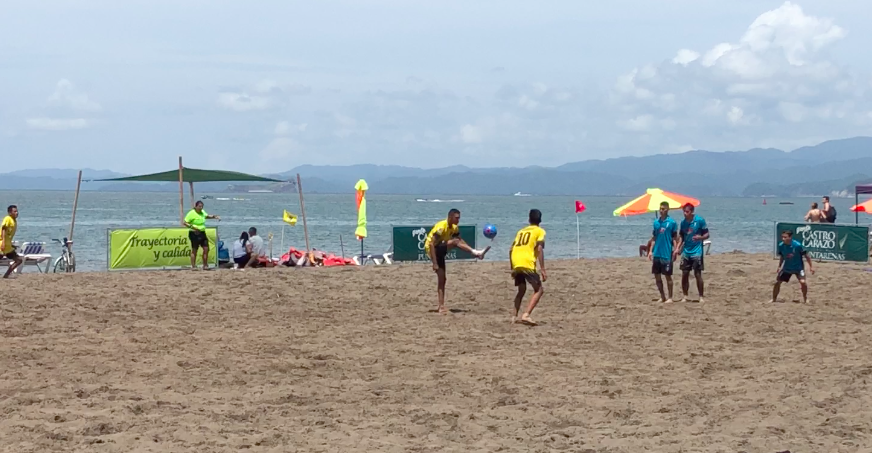
Fans would support soccer for full days, with vibrant and energetic cheering. I felt honored to be a part of it and engaged in several lively conversations with soccer fans.
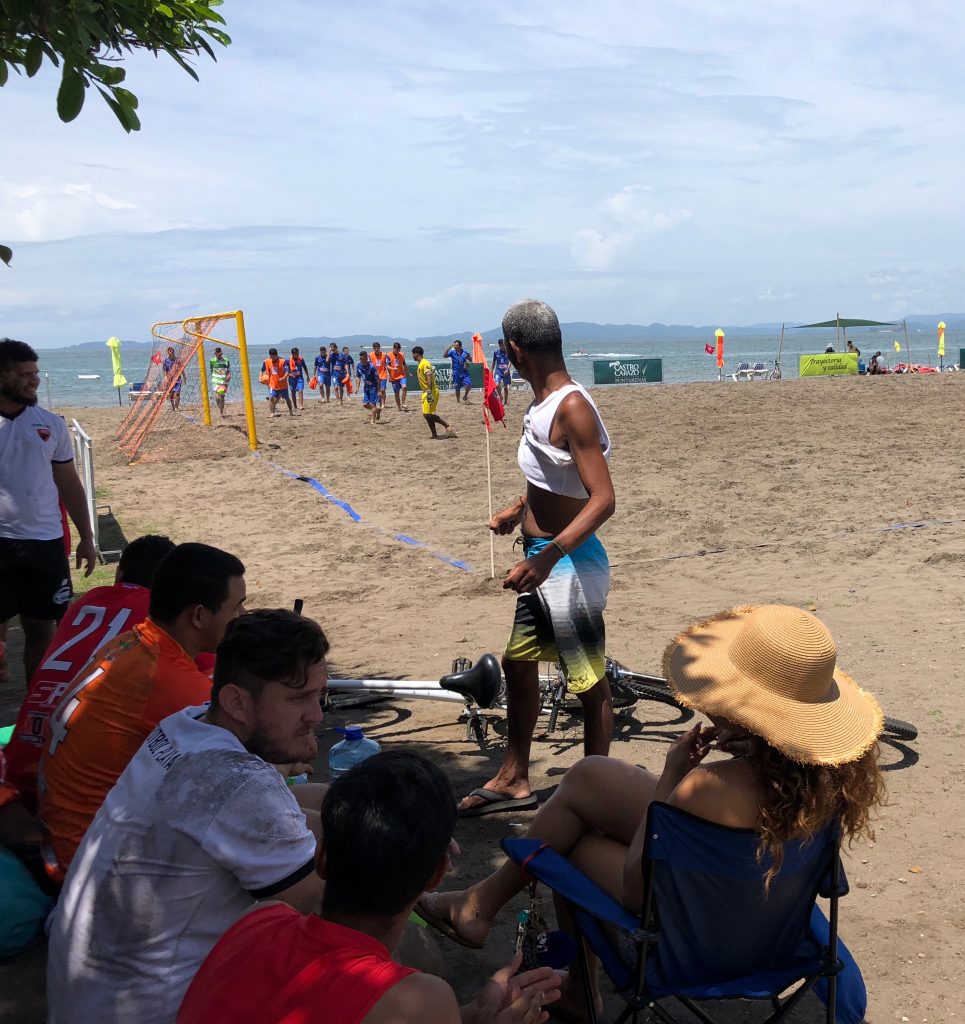
Those hot days in the sun, watching soccer or exploring the beaches, were met with many vendors offering refreshing drinks, like this popular one with flavor syrup and crushed ice. Notice how it slants down? That is so the vendor can pick it up and wheel it anywhere. Cool, huh?
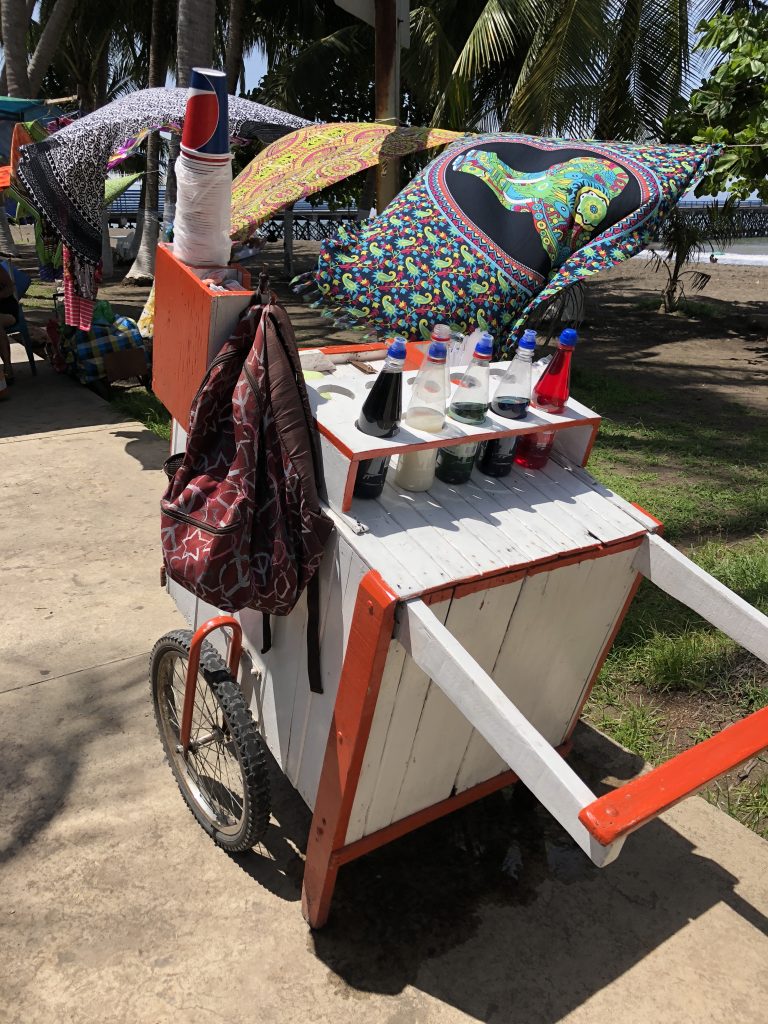
The Paquera ferry to cross the Gulf Of Nicoya was such an interesting experience. If I were to have guessed what the ferry ride was going to be like, based on my several previous experiences of ferry rides over my lifetime, I would have not been ready for the experience. But knowing not to ever judge a new experience based on previous happenings, I was ready for anything and boy did I get it! The decks and seating/dining areas were lively with people, many watching the World Cup Brazil soccer match, as though at a pub or party. There were a variety of specialty beverages available for adults and children, at a number of swanky locations, and the inside/outside deck boisted fantastically loud dancing/party music to energize the passengers. The music was so upbeat and catchy that I found myself hitting Shazam on my phone often, and even audio recording on my phone when I couldn’t figure out who it was (to investigate more later). There were even people dancing and laying out in the sun, much like I would expect on a cruise (which I haven’t been on). From the outside, the ferry looked much different as well: functional and simple. Just goes to show you can’t judge a book by the cover.
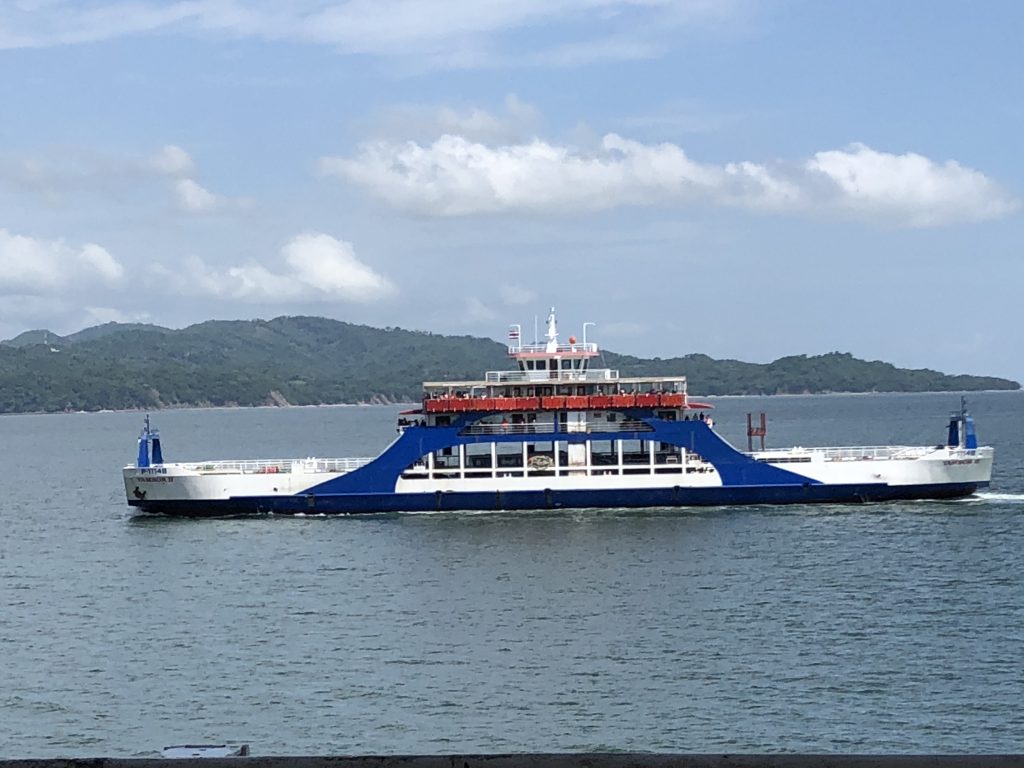
Overall, there were experiences and explorations I found in Puntarenas that I didn’t expect to have, which goes to show that it’s important to explore at every opportunity, regardless of what other people say. Make your own perspective.
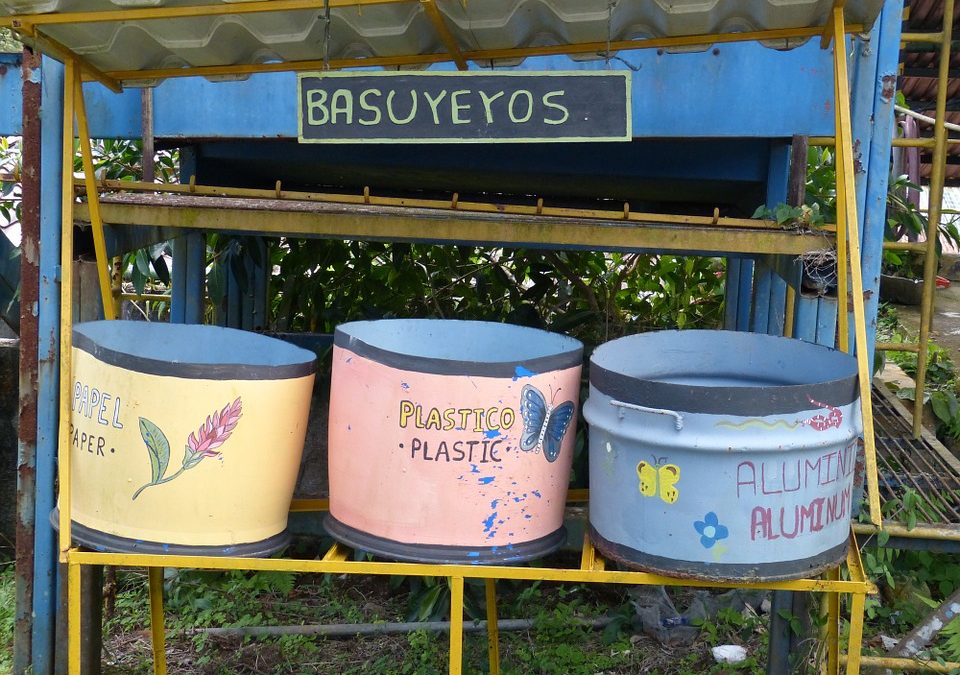
by awesomecoach2 | Jan 6, 2019 | News
Finding the nuances of various locations is one of my favorite parts of being a global citizen, as it often makes me think of things I see everyday but pay little attention. I’m keen to noticing these unique elements when I travel. Finding avocado vendors and carts in a variety of places is a prime example. To me it seems so cool and anomalous that people make their living as an avocado vendor. So, I thought it was that easy. After talking with street vendors in a variety of locations, I learned of the issues surrounding this single seeded fruit. One vendor mentioned that many people sell avocados that are Mexican avocados smuggled through the CR and Panama border, but if they are found selling them, there is a big penalty.
So, what’s with the avocados?
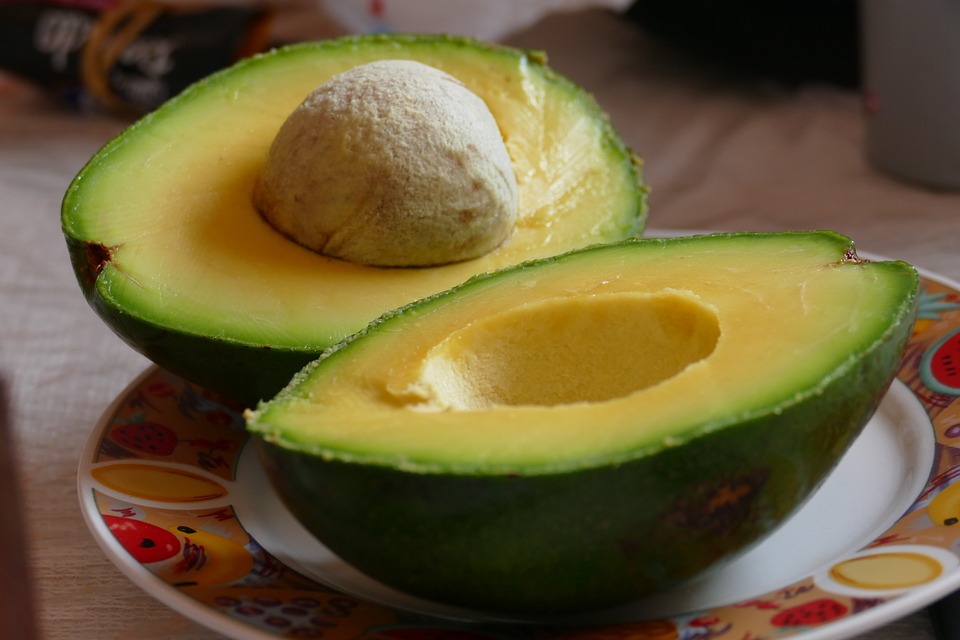
Unbeknownst to me initially, there is an outstanding World Trade Organization lawsuit brought by Mexico against Costa Rica, because CR government created strenuous regulations for legal importation, creating a major decline in the avocado trade between Mexico and CR. The reason the CR government decided to create these regulations? In 2014, they began to see agricultural “sunspot disease” tested positive in the imported avocados. They wanted to protect their agricultural growth. Costa Rica will only import avocados from Mexico IF they can show a certificate that they are free of disease, and areas that have the disease. As a result, CR began importing avocados from Peru, which have a very different look, are larger, and some say, have less attractive flavor, along with a much higher price tag. I asked a few vendors why CR doesn’t grow avocados, and got a lot of theories. A few common ones had to do with the challenges to growing this fruit without heavy chemical/pesticide use and diseases the plant can get and spread to other CR plants native to the country. Interesting how one cart, one picture, one experience can lead to learning so much about culture, relationships, and history. (Below these are the Peruvian avocados)
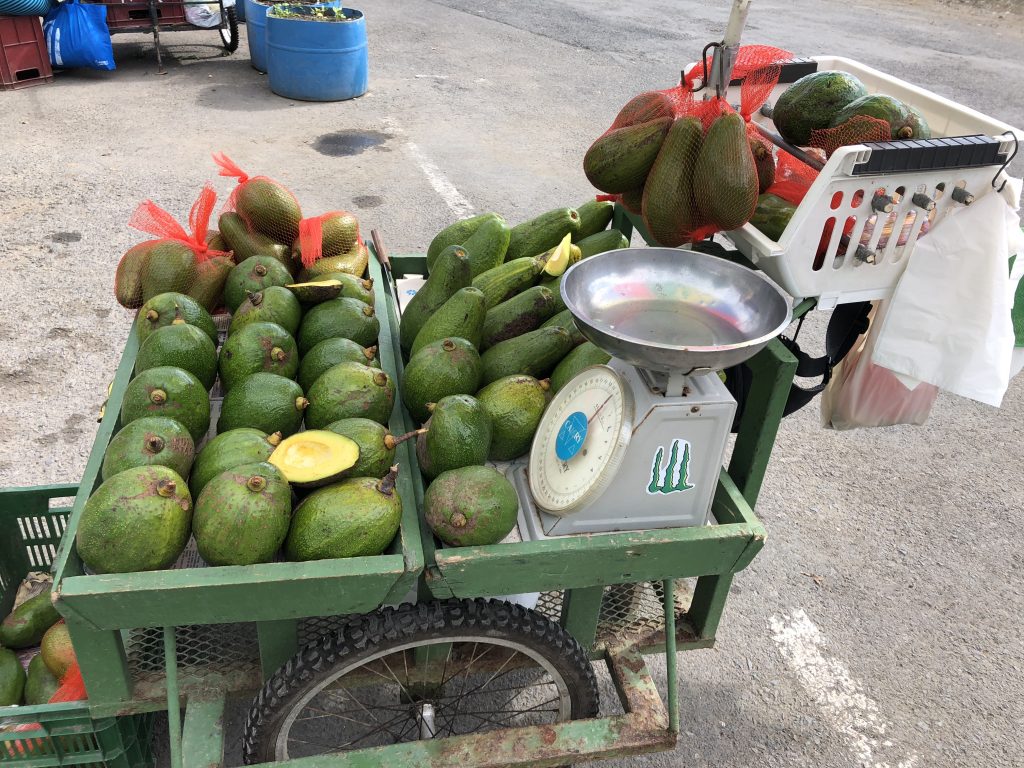
I did learn during my stay that CR has proclaimed to become the first single use plastic free country by 2021, in order to protect the mass amount of biodiversity it contains (6% of the world’s total biodiversity; this is massive considering it is such a small country). Naturally, this intriguing fact was part of the draw for me to investigate Costa Rica. Much like Alaska, and elsewhere I have traveled with a lot of coastal waters, plastic waste has overrun the once pristine and beautiful beaches. For example, see how picturesque this beach is below:
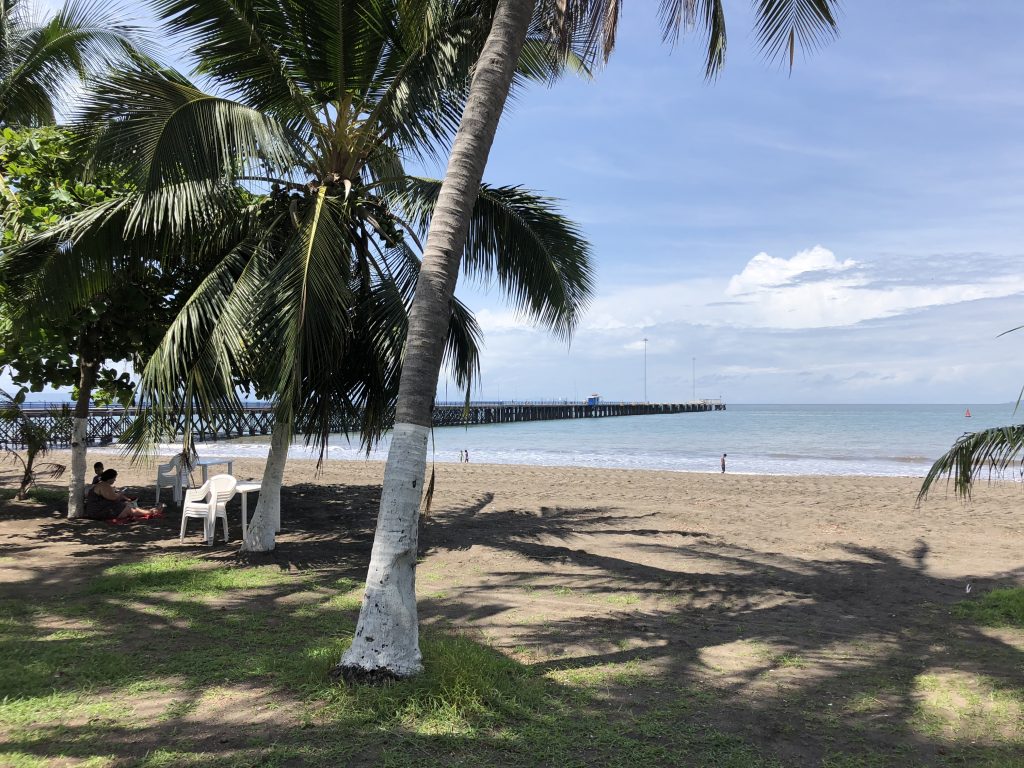
Stunning, right? It is exactly what I would imagine tropical beaches looking. Upon closer investigation, at several points, what is more often found is large amounts of plastic and commercial fishing waste (nets, lines, etc.) cluttering the rivers, beaches, and shorelines.
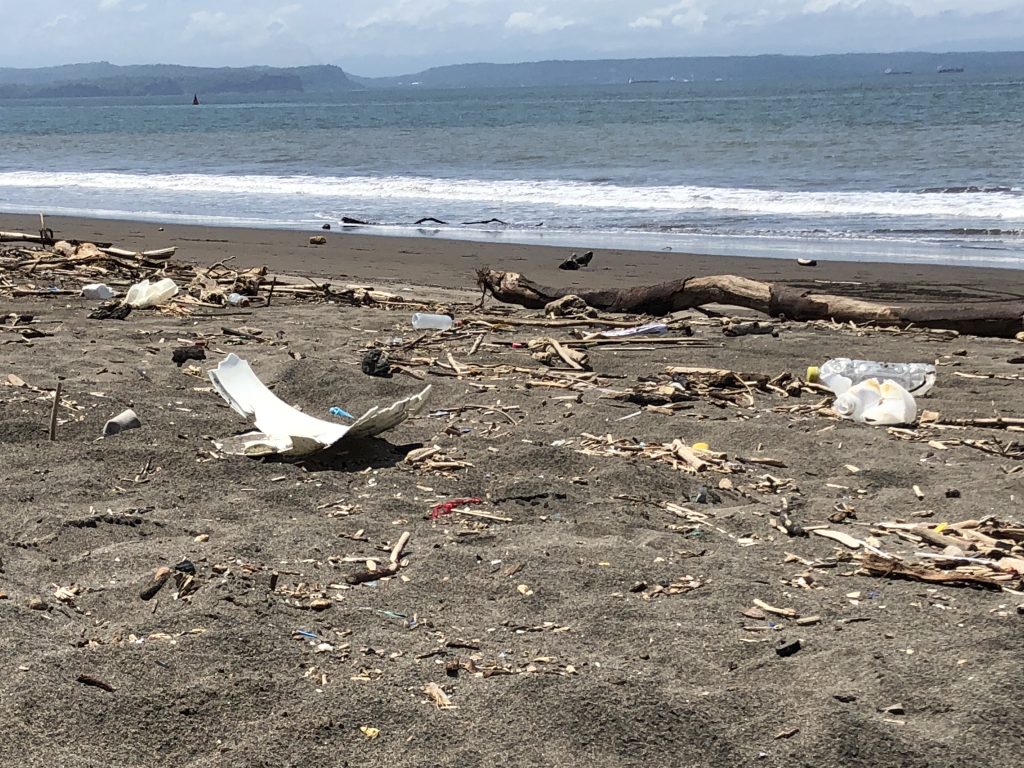
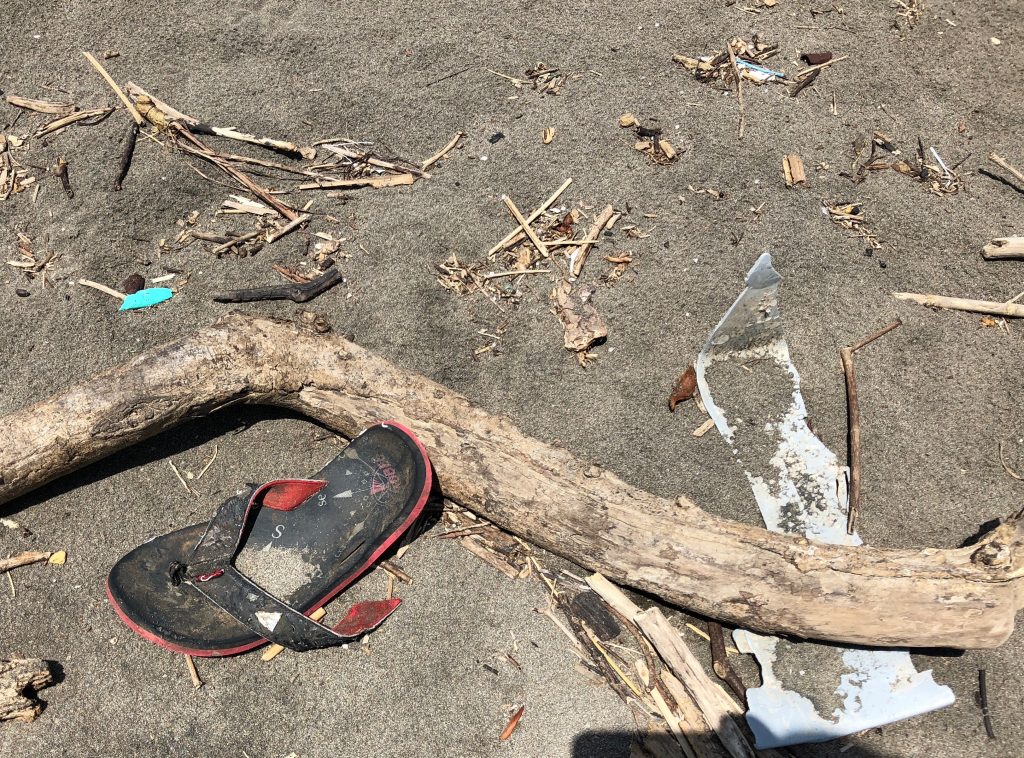
The Ellen MacArthur Foundation (go here for more info) predicted that by 2050 there will more plastic in the ocean than fish, and with Costa Rica acknowledging its main asset is its wildlife and nature, there needed to be a big push towards the removal of plastic in this small central American country. In 2009, the president of Costa Rica set out an extensive plan for creating a neutral carbon footprint. Find out more by going here. Looking at these images, creates a different sense of urgency of what it means to embrace and love the beaches.
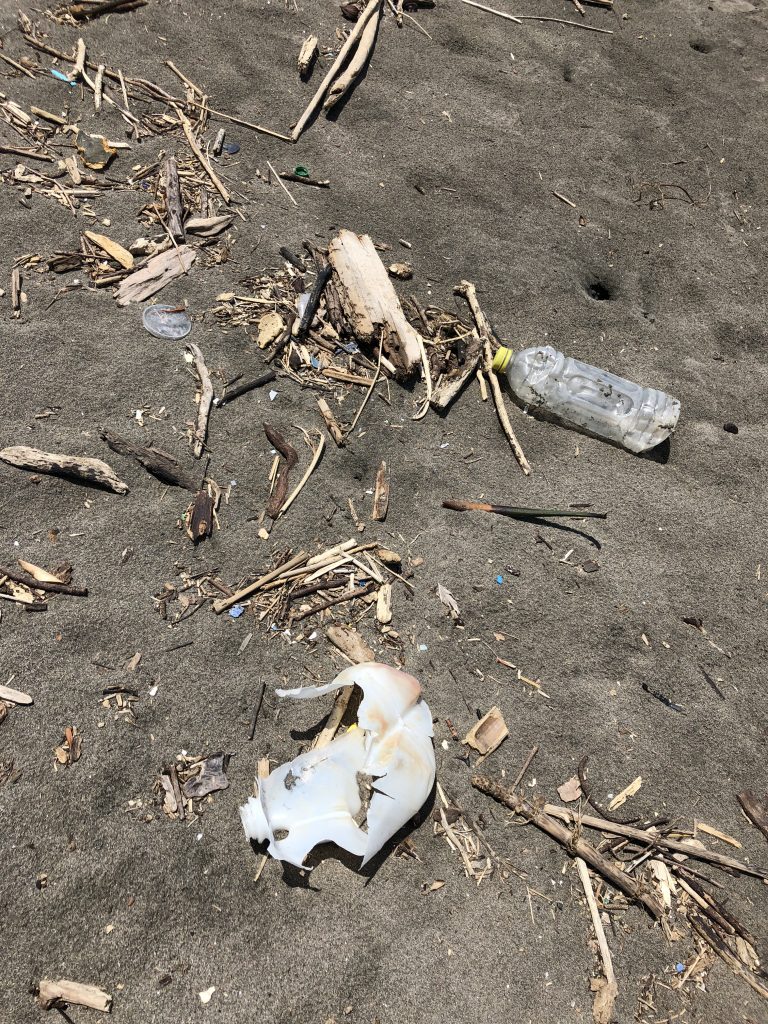
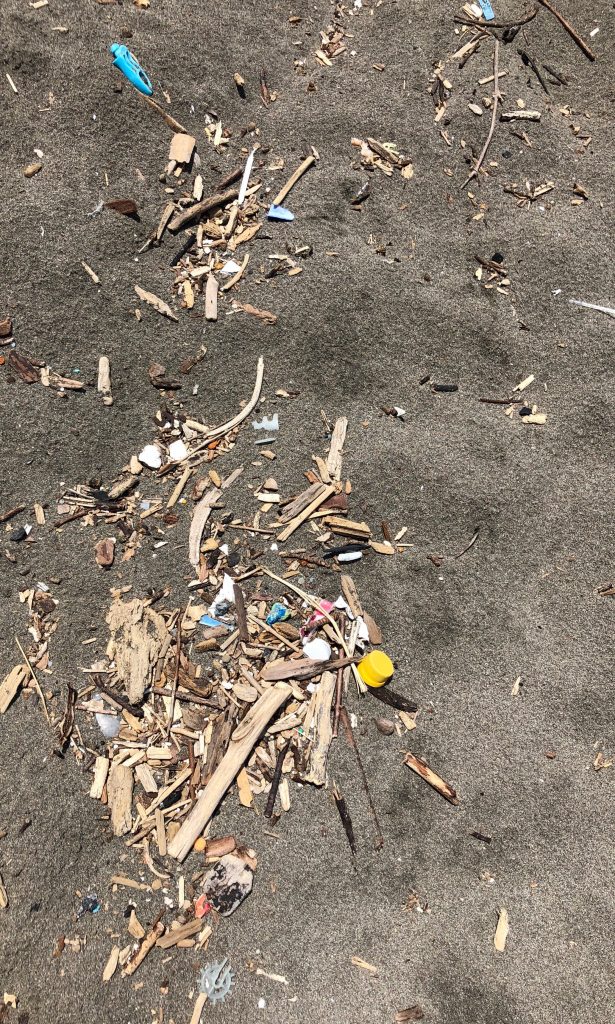
Working with Futuro Verde (click here for website) and local community organizations (ASVO), Cabo Blanco Conservation, Tambor Bay Turtles, Wild Sun Research center, among others, I learned of many challenges, opportunities, and projects focuses on creating a more sustainable and green Costa Rica, focused on preservation and living side by side with nature.
One of the challenges may come from what I have found in many of my travels, in the desire to have more of the luxuries found in the states, such as pizza and soda pop, there is more waste and plastic. Along my travels in CR, were many advertising signs such as these, showcasing a great deal on these “got to have” items. This sign shows the cost is $15.00 (USD) for an 8 slice pizza and 2.5 liter of soda, by currency exchange rates in December 2018. For people in CR, this is a costly meal, both economically, and in the waste produced.
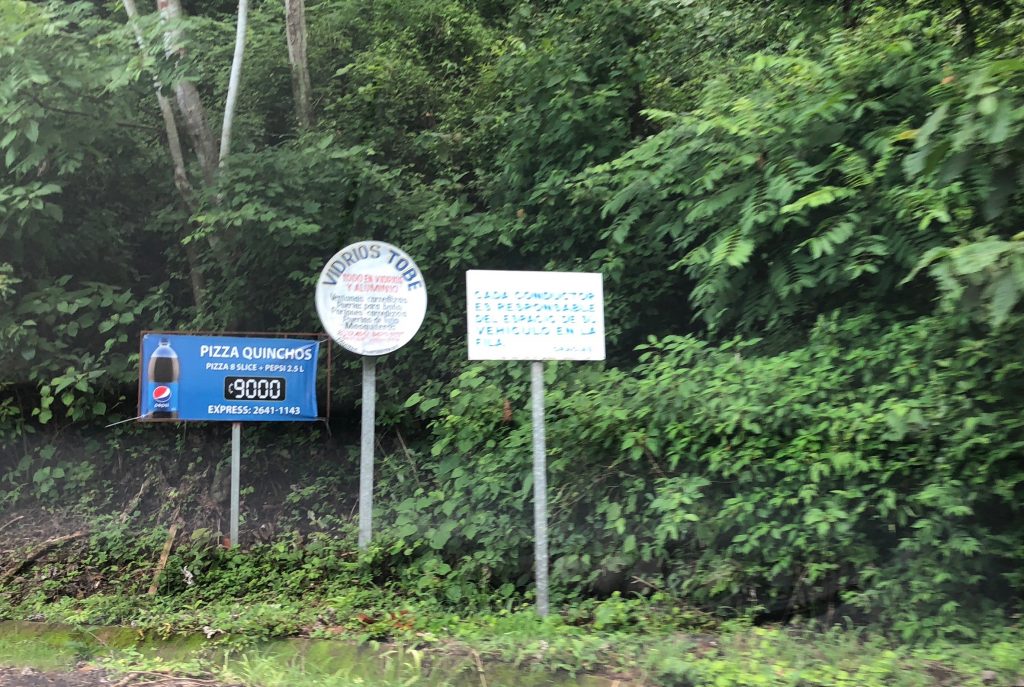
I wouldn’t have thought that avocados and plastic would have much to do with one another, but the more we learn about places in the world, in their challenges and opportunities, the more we see how what we do, and how we interact between countries of the world, are all connected. Kudos to Costa Rica for a major undertaking the world is watching. Of course there are challenges and road blocks, but a commitment to minimizing the carbon footprint is the first step, and one to support through learning and education, locally, and on a global scale.







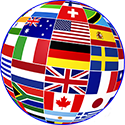




























 In our session today, we also learned about Astronaut Christina returning today from a record 328 days in space! You can learn more about her
In our session today, we also learned about Astronaut Christina returning today from a record 328 days in space! You can learn more about her 






 Image from https://www.computationalthinkers.com/product/computationalthinking/
Image from https://www.computationalthinkers.com/product/computationalthinking/ (my own, quite grainy, image)
(my own, quite grainy, image)



















Recent Comments